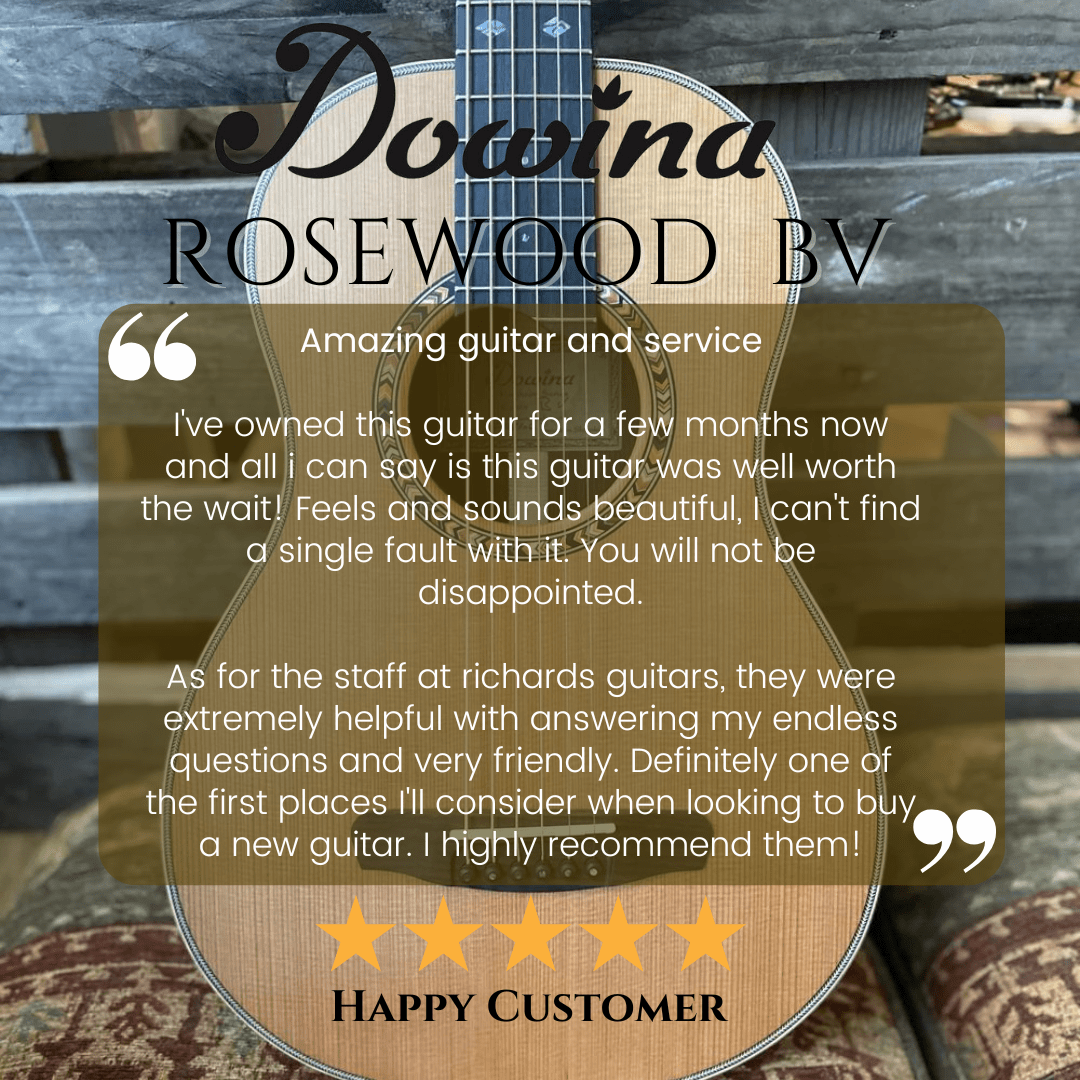
Dowina Rosewood BV Review From Our Latest Customer & Explanation To My Dowina Fundamentals Project
I just received a lovely bit of feedback from a customer. Whilst reading it I felt I would both share the review with you - but also explain how important this one guitar is in my latest project to bring you greater understanding and opportunity to explore finding the perfect acoustic guitar for you - With Dowina guitars - without whom this simply would not be possible :)
So here is the review - for which I am so grateful of course...
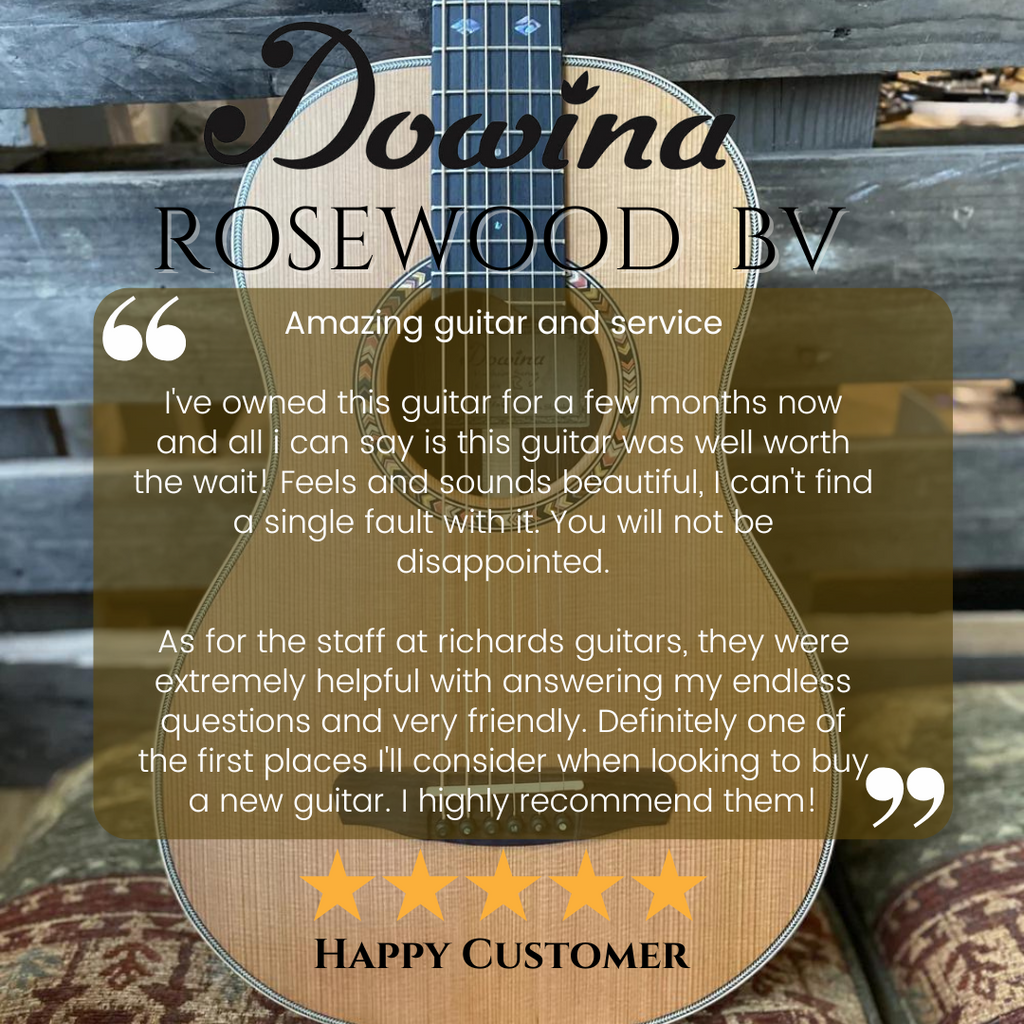
So what am I talking about and how does this guitar fit in exactly?
The Dowina "Rosewood" models are part of what I am calling my Dowina "Guitar Fundamentals" project! The aim of which is to demonstrate to you the key fundamentals that impact on the tone of any acoustic guitar - which are.. Its shape, size and the materials used for the top plate and back and sides.
I am doing this through 3 key tone woods (mahogany, Walnut, Rosewood), 2 key top plates (Spruce, Cedar) and the primary body designs - BV, OMG, GAC, D (Parlor, OM, Grand Auditorium, Dreadnought) and in theory have them ALL here for you to try! OK - So its a dream - but I am pretty hot when it comes to making thoughts / dreams a reality. Every development known to man - came from a dream so no scoffing at the back!
So where does the Dowina Rosewood BV lie in my tonal landscape (lets use the fundamentals' analogy to explain!)
A key fundamental to the guitars tone is the body shape and size. No question - how much air is bouncing around inside the acoustic is a massive contributor to the guitars potential tonally - different bracing will also shape this but lets stick to the "fundamentals" here!
The BV - Its the smallest body size which brings a compact - punchy nature. Notes will "pop" out rather than "fall" as I call it! In terms of resonance, I tend to get people to imagine the pedals on the piano. One makes the notes more "staccato" - the other pedeal more ..... ermmm... "longer lasting"!!
A smaller body shape will give you punchier notes that will not resonate as long therefore giving the guitar a more articulate sound - excellent for individual runs - finger style where you don't want the notes to blend too much or for players who do not necessarily desire a boomy tone or an instrument that is too loud and overbearing.
Another key fundamental to the guitar's overall tone is what material the top is used from. Primarily you will find this will be a form of spruce or cedar.
The top of the BV is cedar (otherwise it would be a BV S which denotes the spruce top). Cedar is a warmer tone so all the characteristics above will now be blended with an overall warmer tone than that of a spruce top which will give more cut / bite / edge / brightness. Cedar will sound a little softer "at the edges".
Then of course our final fundamental - The back and sides. Whilst the back and sides often plays a major dual role both in terms of asthetics and tone - I wont to focus here on its purpose as a tonewood - making up one of our three key fundamentals in our "guitar tone formula" :)
The back and sides are - as you may have guessed - Rosewood - Hence the name. I like to name my guitars after the key "fundamentals" that give you the overall sound and visual beauty.
Rosewood is not only visually very striking - and depending on the cut and genre of rosewood you purchase, these visuals will vary somewhat - but tonally you should always expect what I would call a Big Smile - tonally! IF you imagine the EQ on a hi-fi. The bass would be turned up - the Treble turned up - and the middle frequencies less so - more "middling". By naturally embracing / pushing bass and treble frequencies - this makes the notes sound more articulate - separated - less "muddy" - Clearer. What it also does is give the guitar a natural warmth (as you hear the bass end) whilst remaining clear and defined (due to the trebles!).
So what does that give us?
OK - Well the formua would tell us this guitar should give us....
An instrument that is small and compact.
It wont have a heavy bass as it has a smaller body but the bass that is available will be accented through the rosewood back and sides - the cedar top further enhancing that warmth through its naturally warmer tone.
The guitar should remain clear and detailed due to its body size and the rosewood trebles which will help maintain a tone that will be very much welcomed by fingerstyle players or anyone wishing to have a beautiful instrument "on the go" or a sofa guitar that will be instantly rewarding to pick up and play at home without cutting off the circulation in your shoulder (big body guitars played on a sofa can do this - honestly!).
I could give you a range of scenarios whereby you may want to swap out the rosewood for mahogany - or Walnut.... or swap out the top for spruce - Or maybe move to the bigger OMG..... All based on fundamentals of guitar design / physics.
With Dowina I can focus your attention on the important details. Providing you a perfect life long companion that will echo your own musical interests - or tell the story you want to tell through individual customisations that only you can relate to.
I am turning dreams into reality both for myself and my customers - every week - which wouldn't be possible without Dowina - so if you want to benefit from my Dowina fundamentals concept - book an appointment and we will try and make sure the guitars are here for you to experience - contrast - compare - and together we can find your perfect companion.
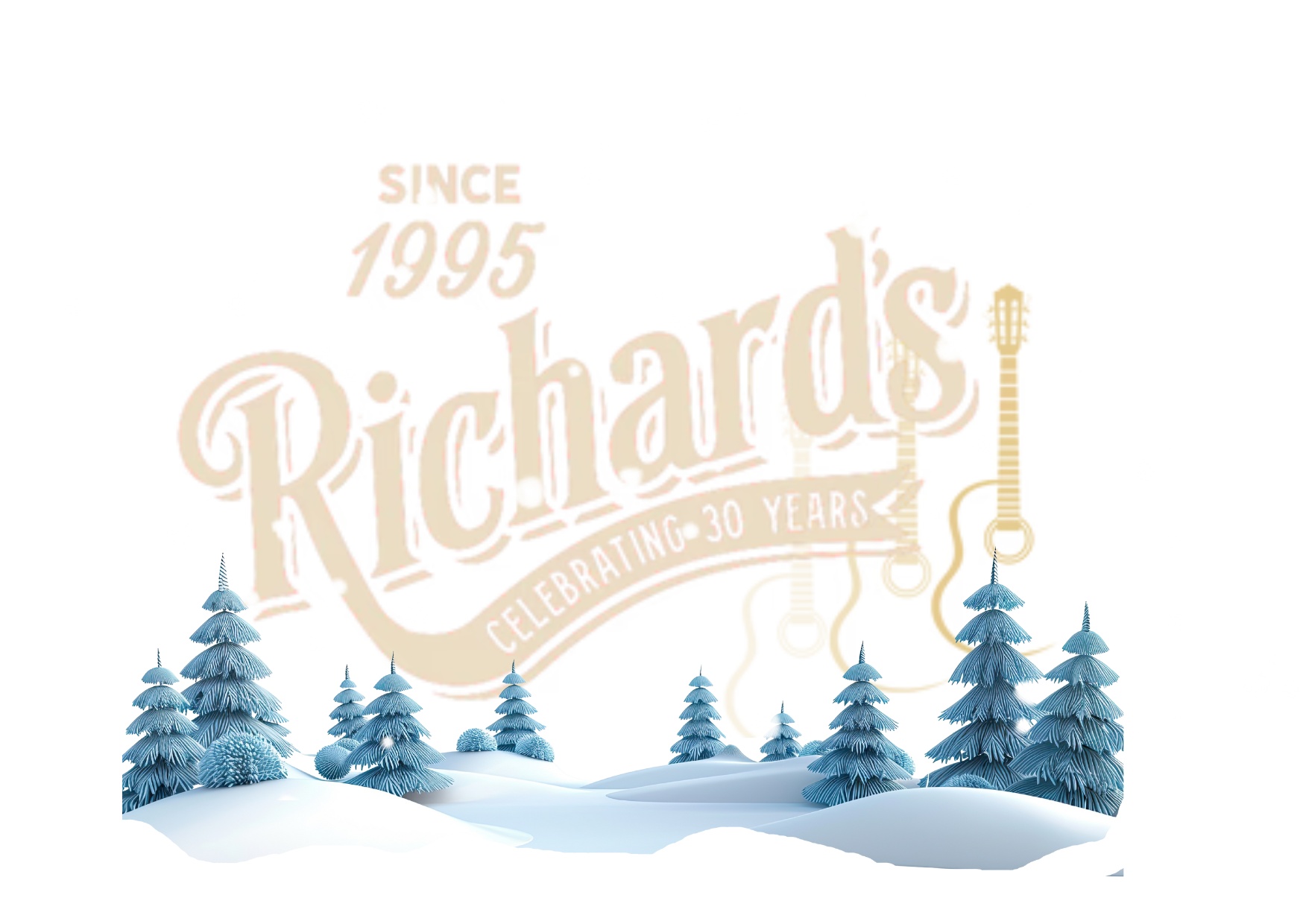
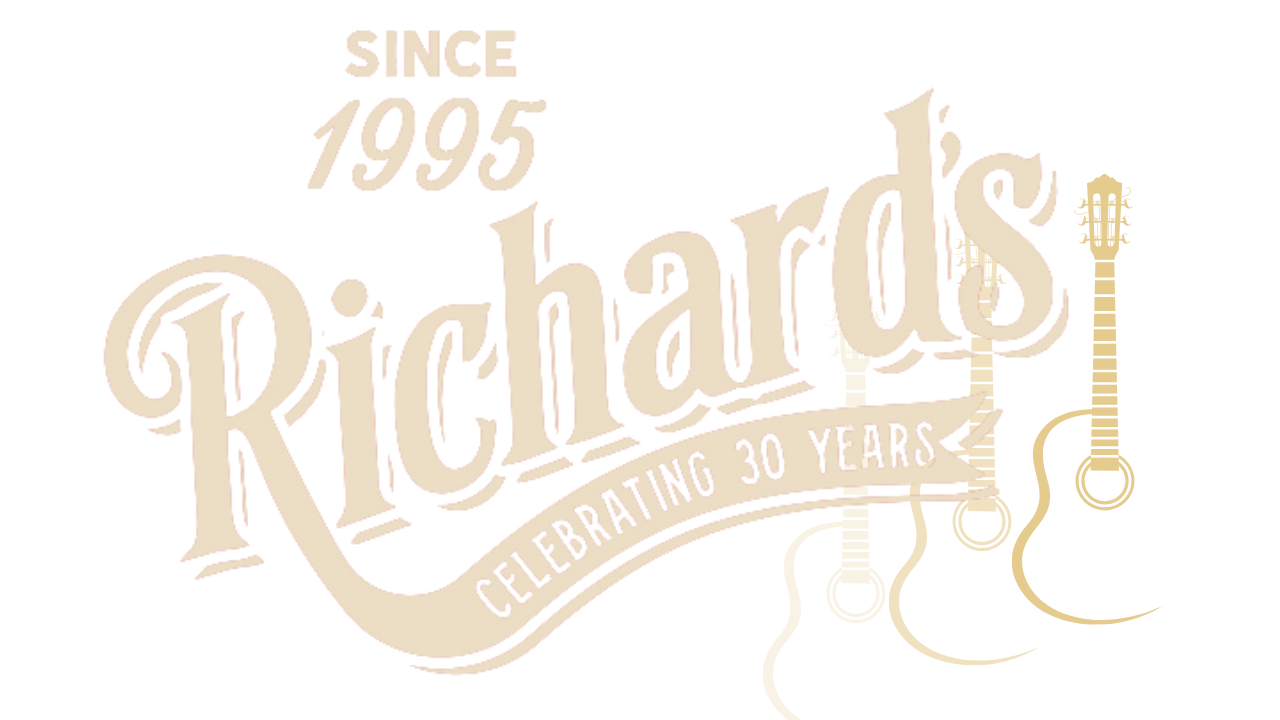


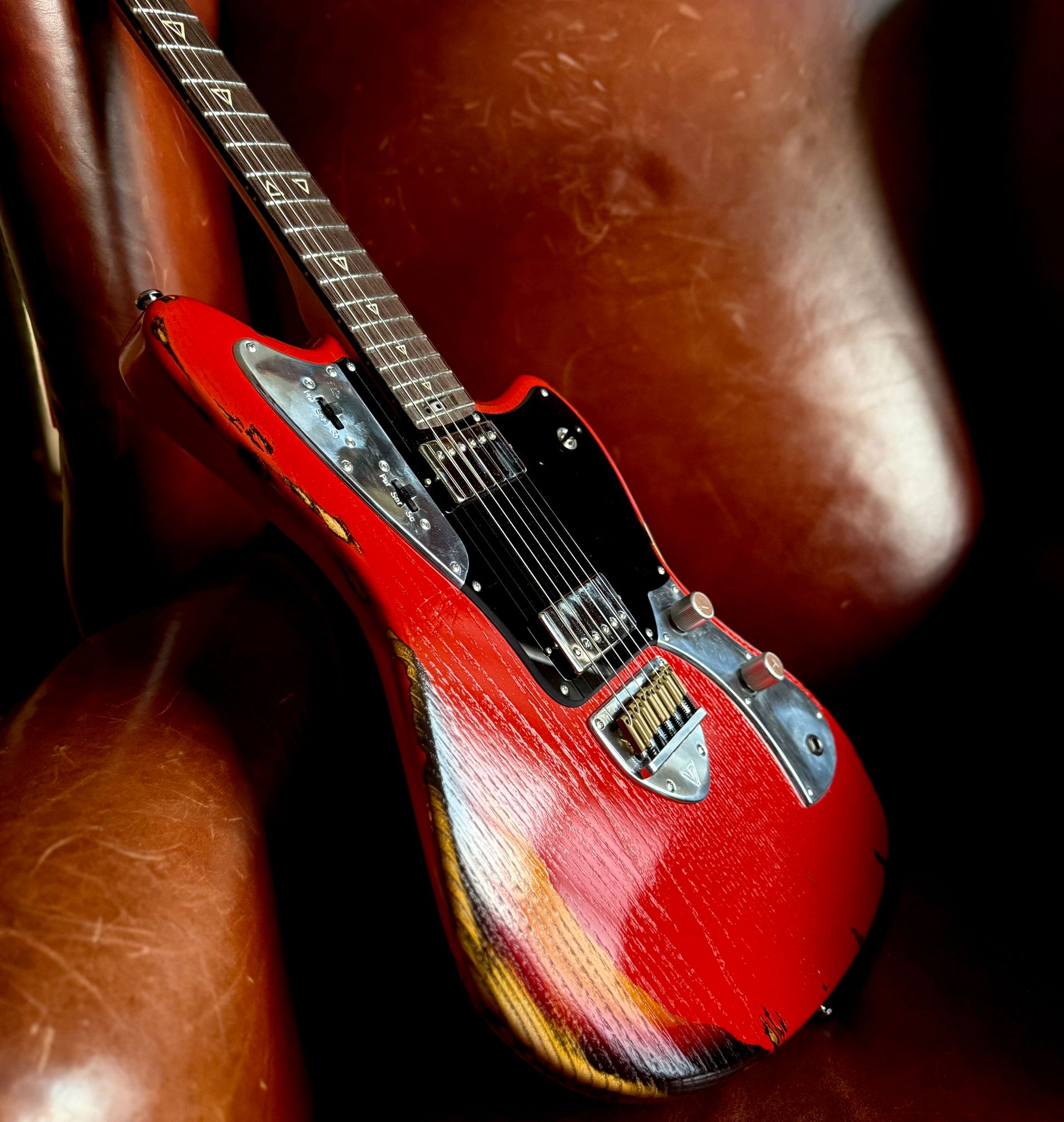
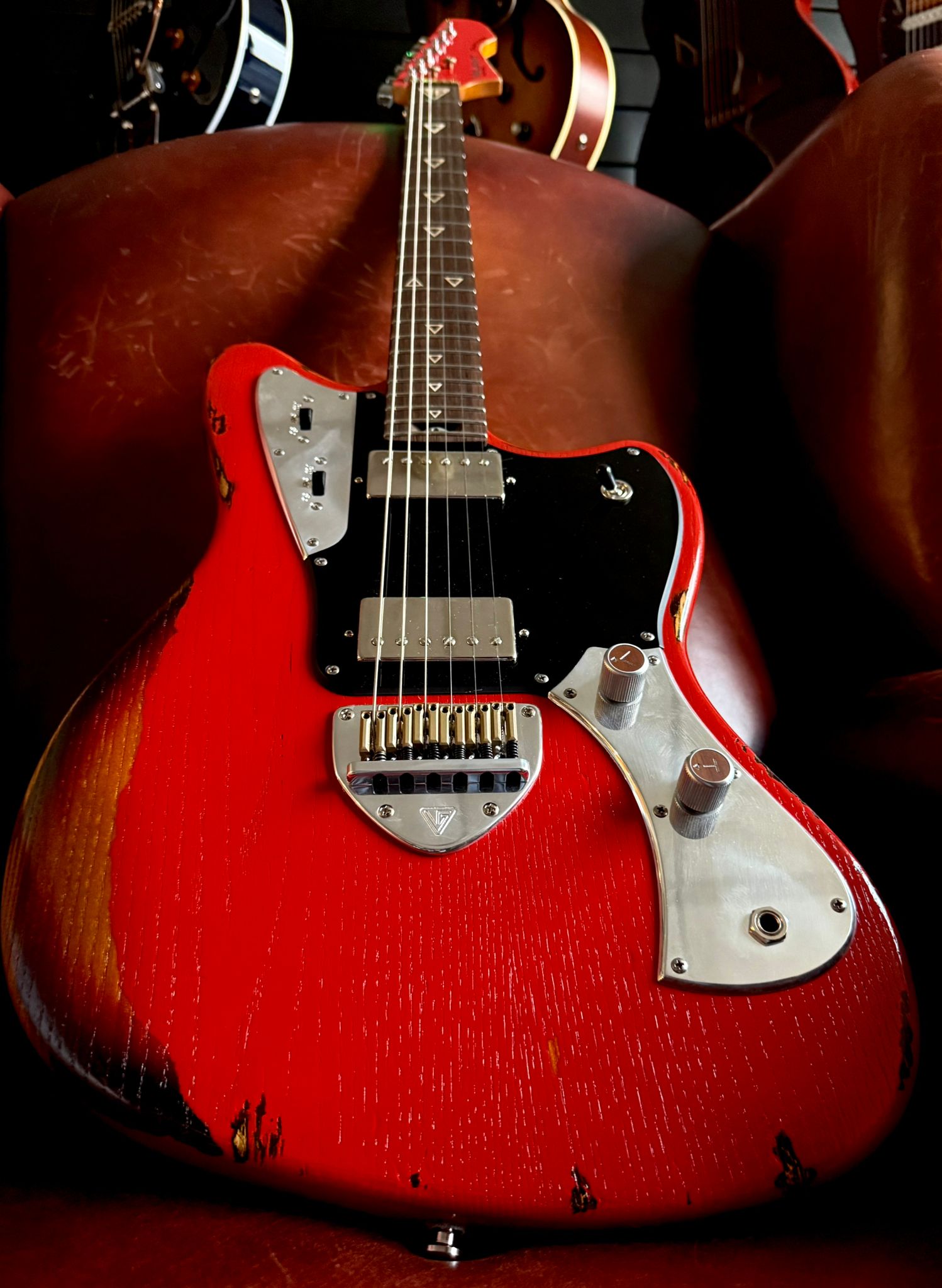
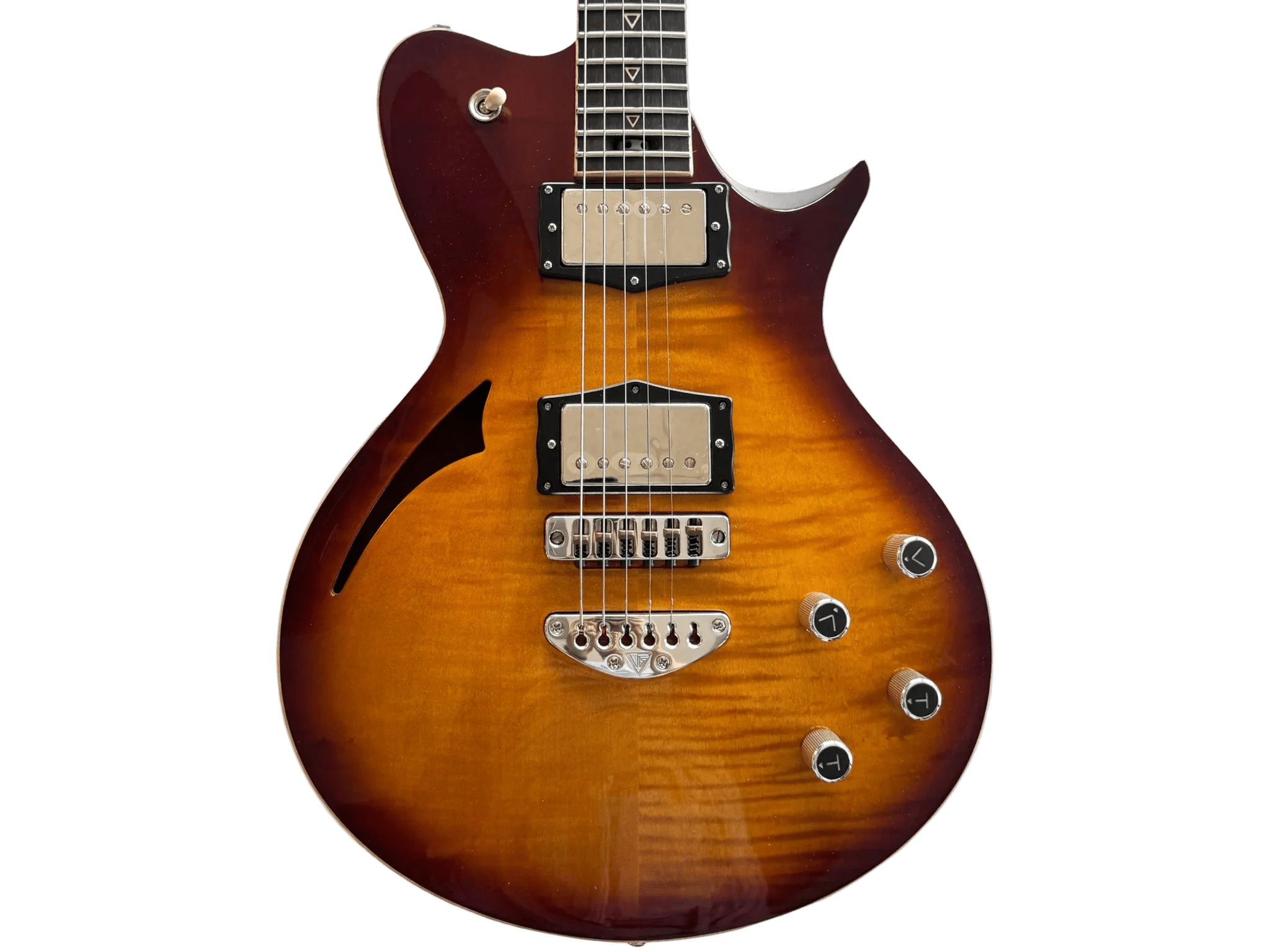
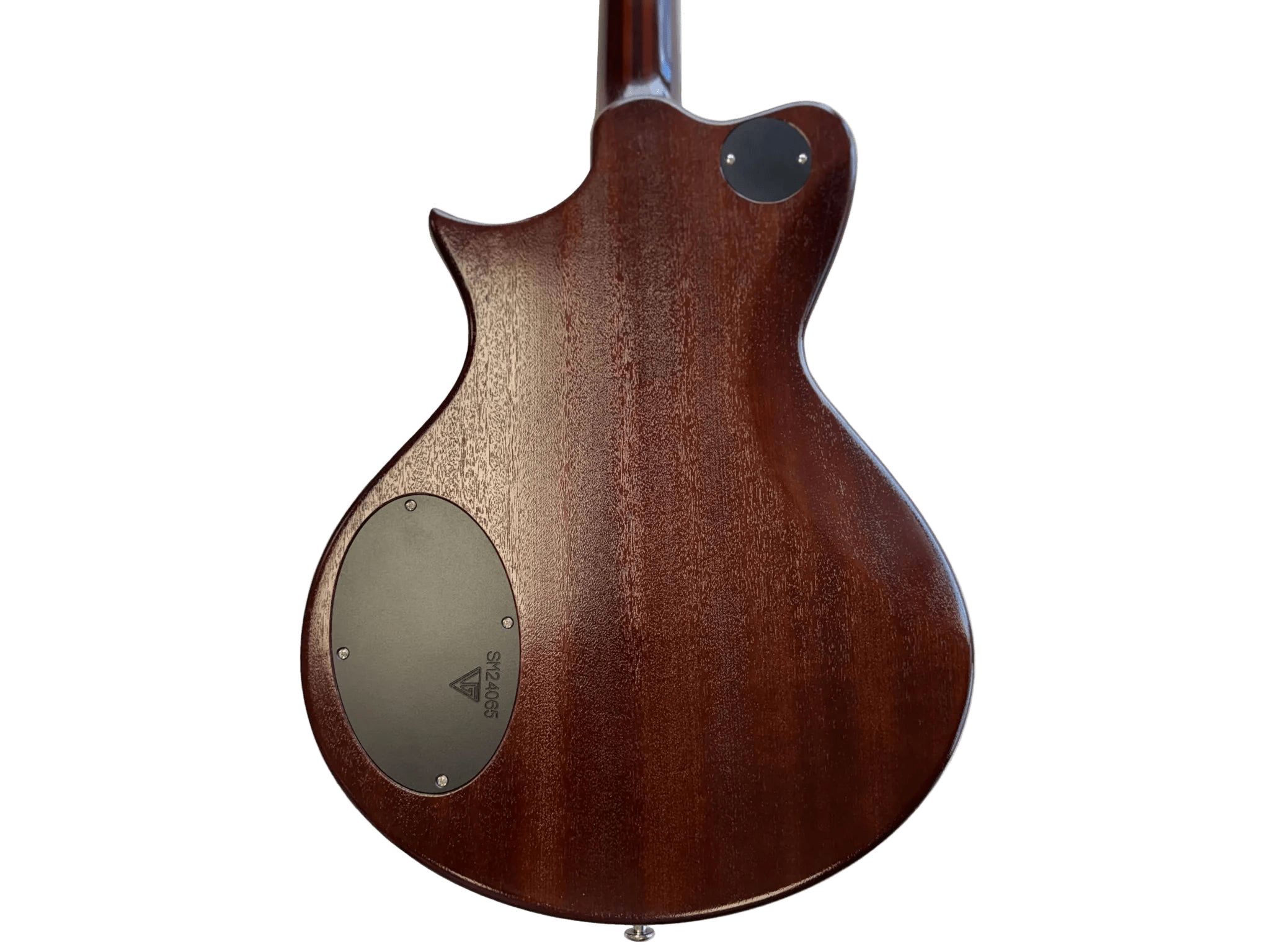
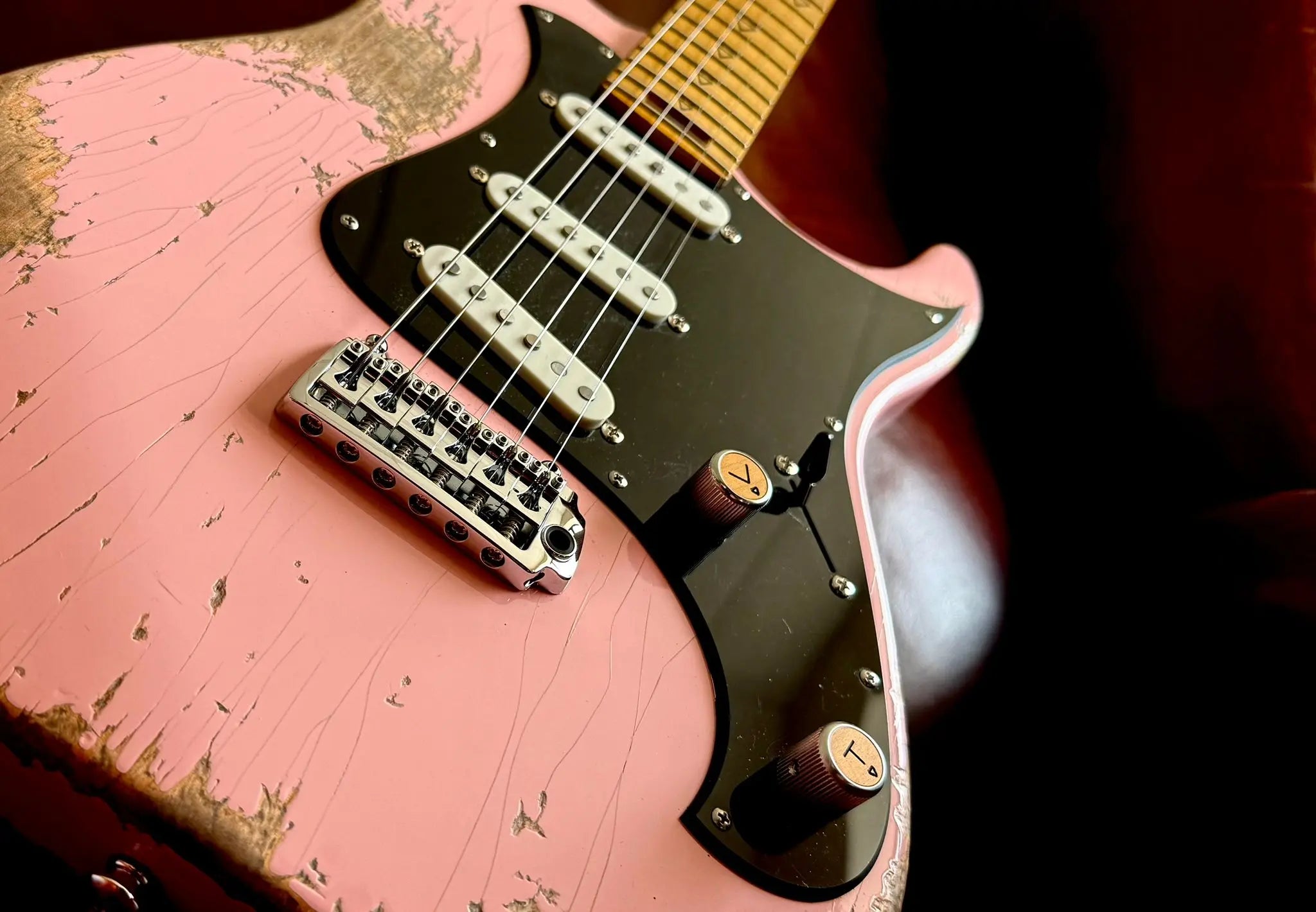
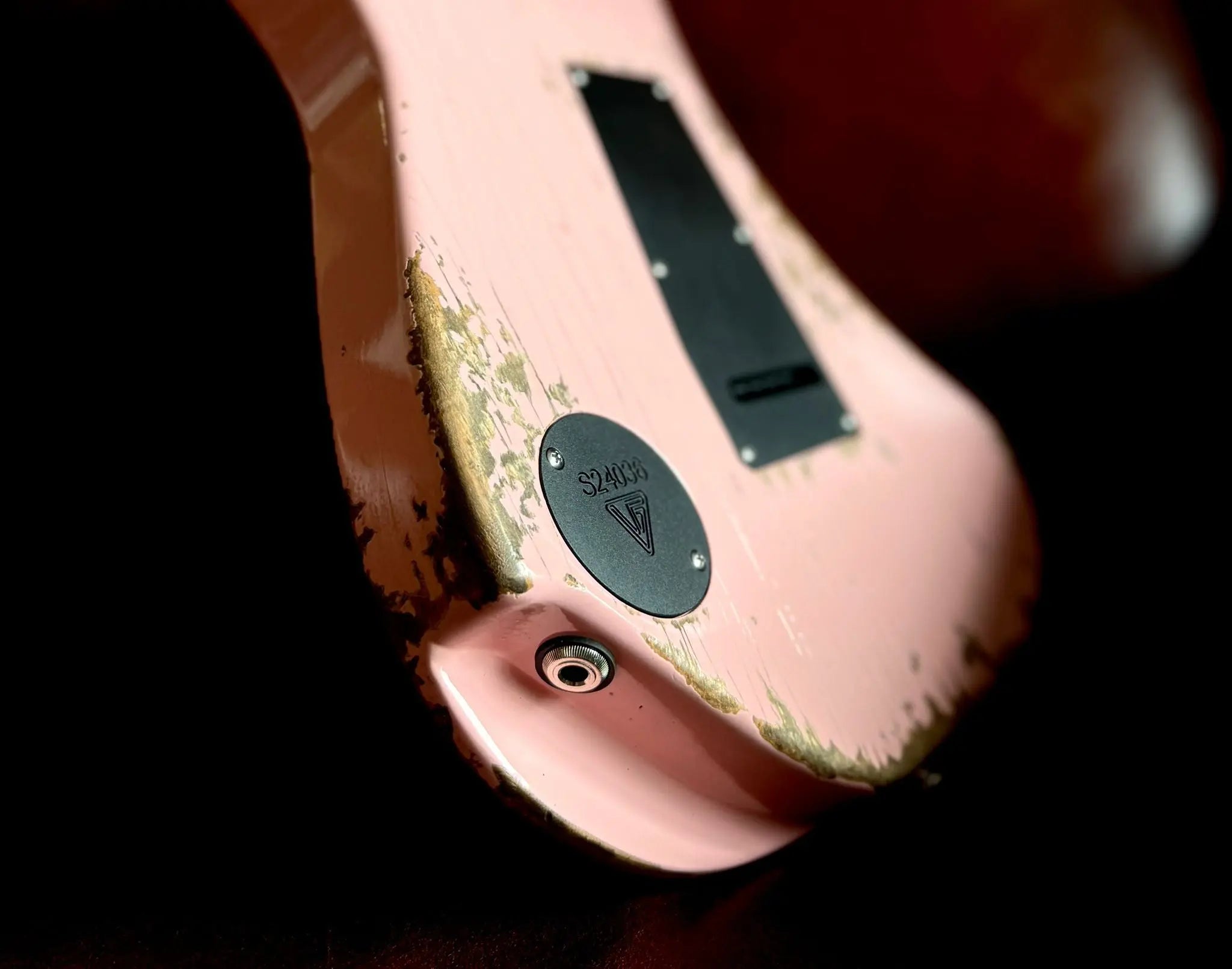




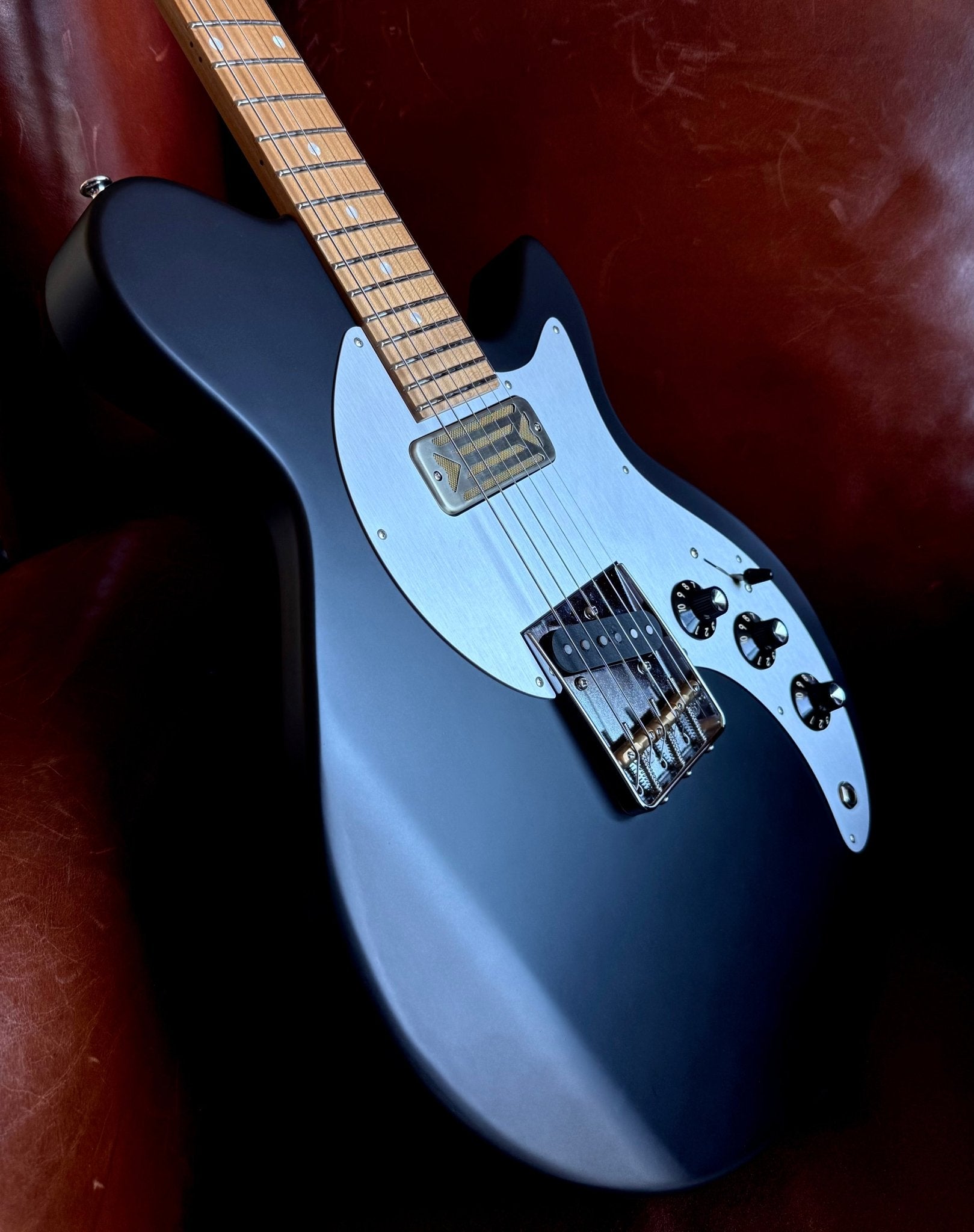
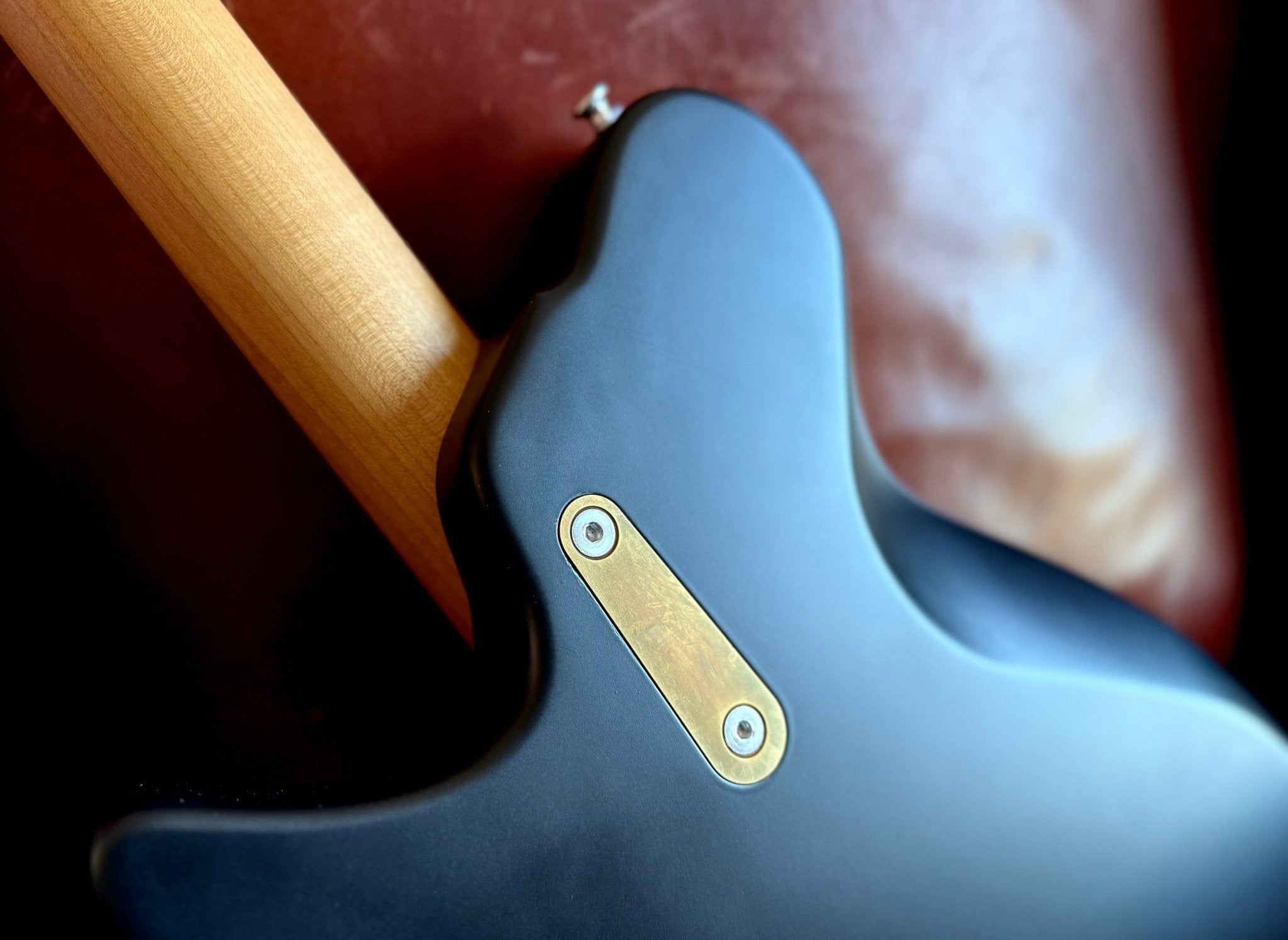
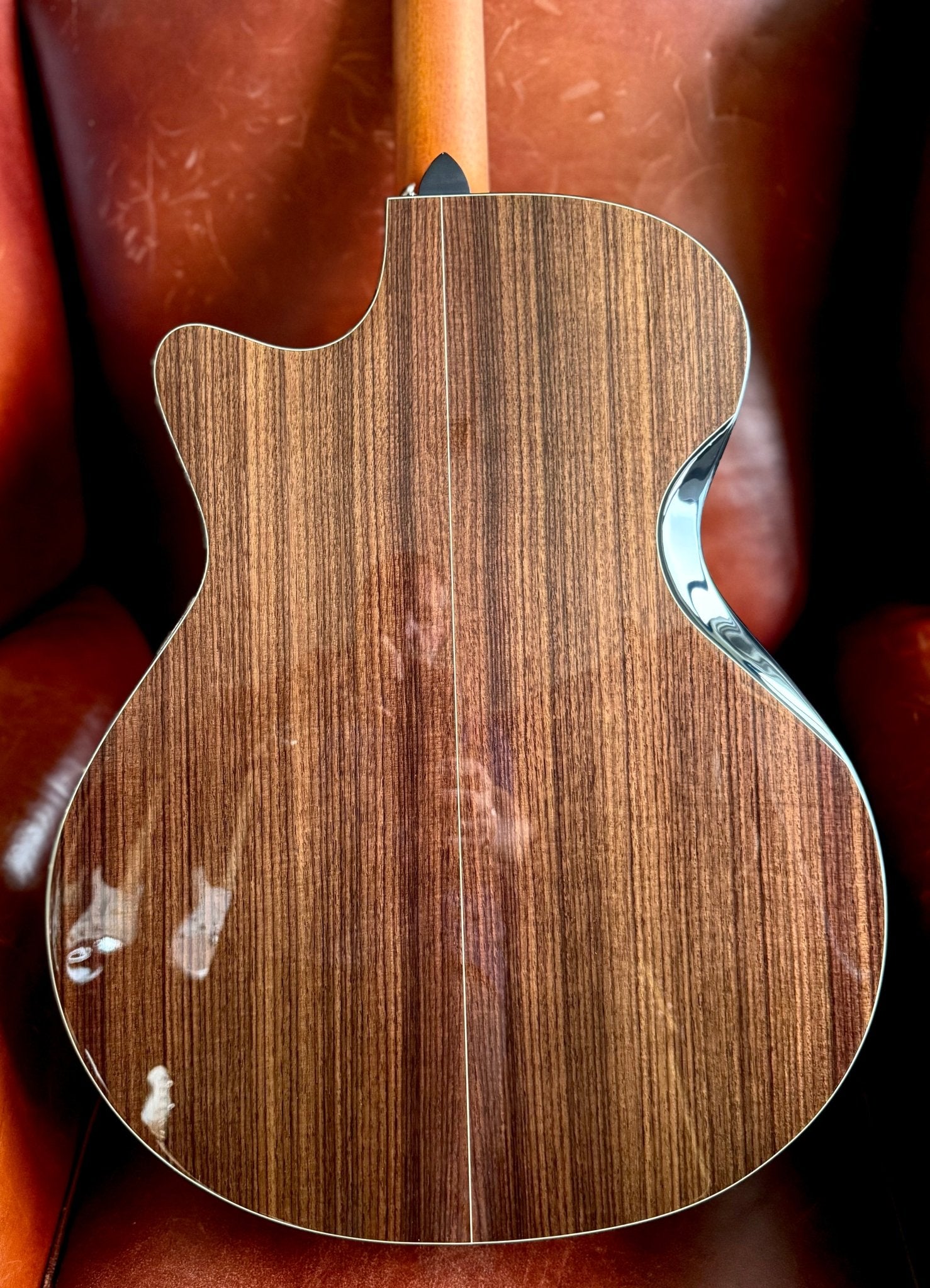
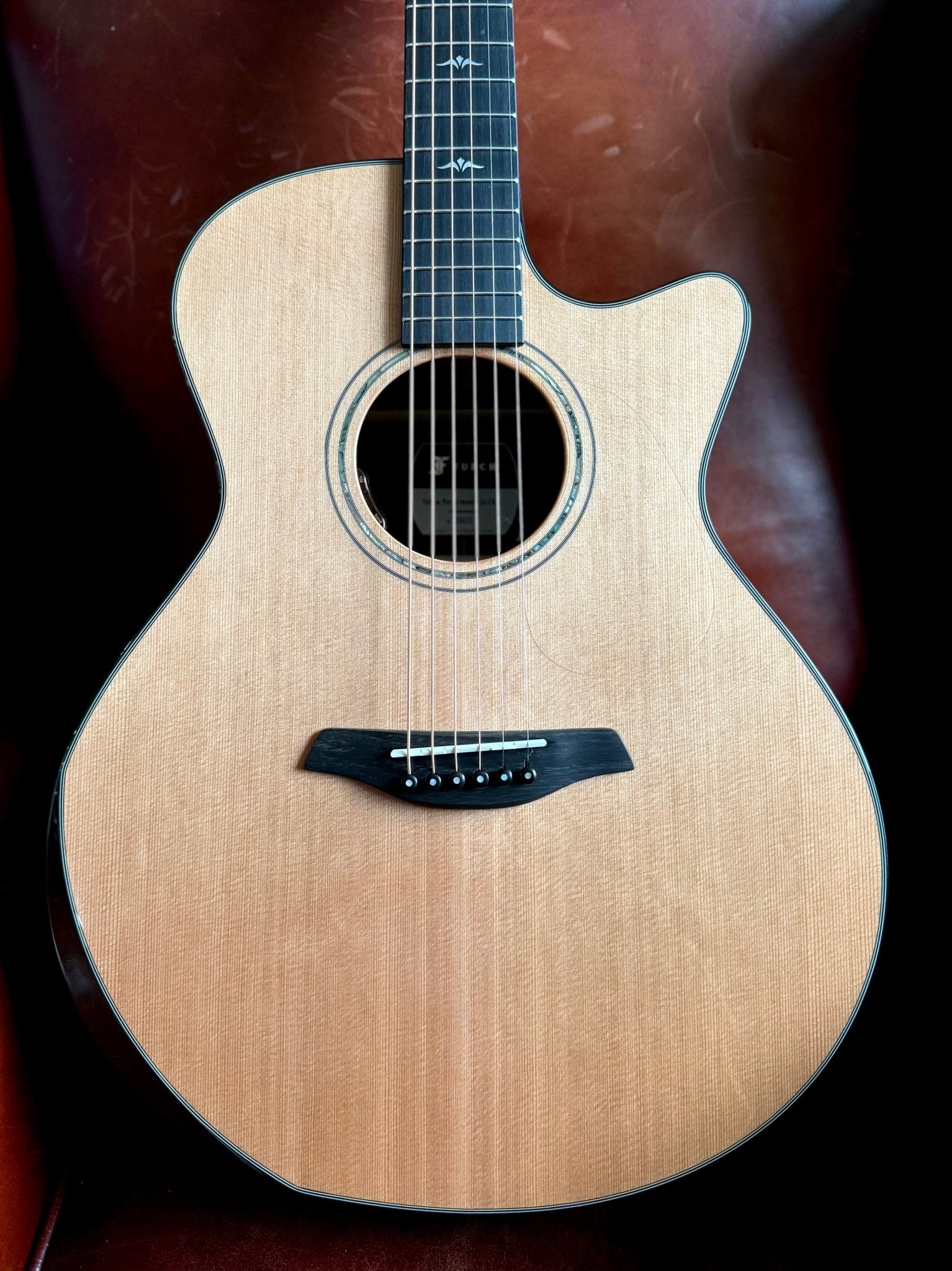
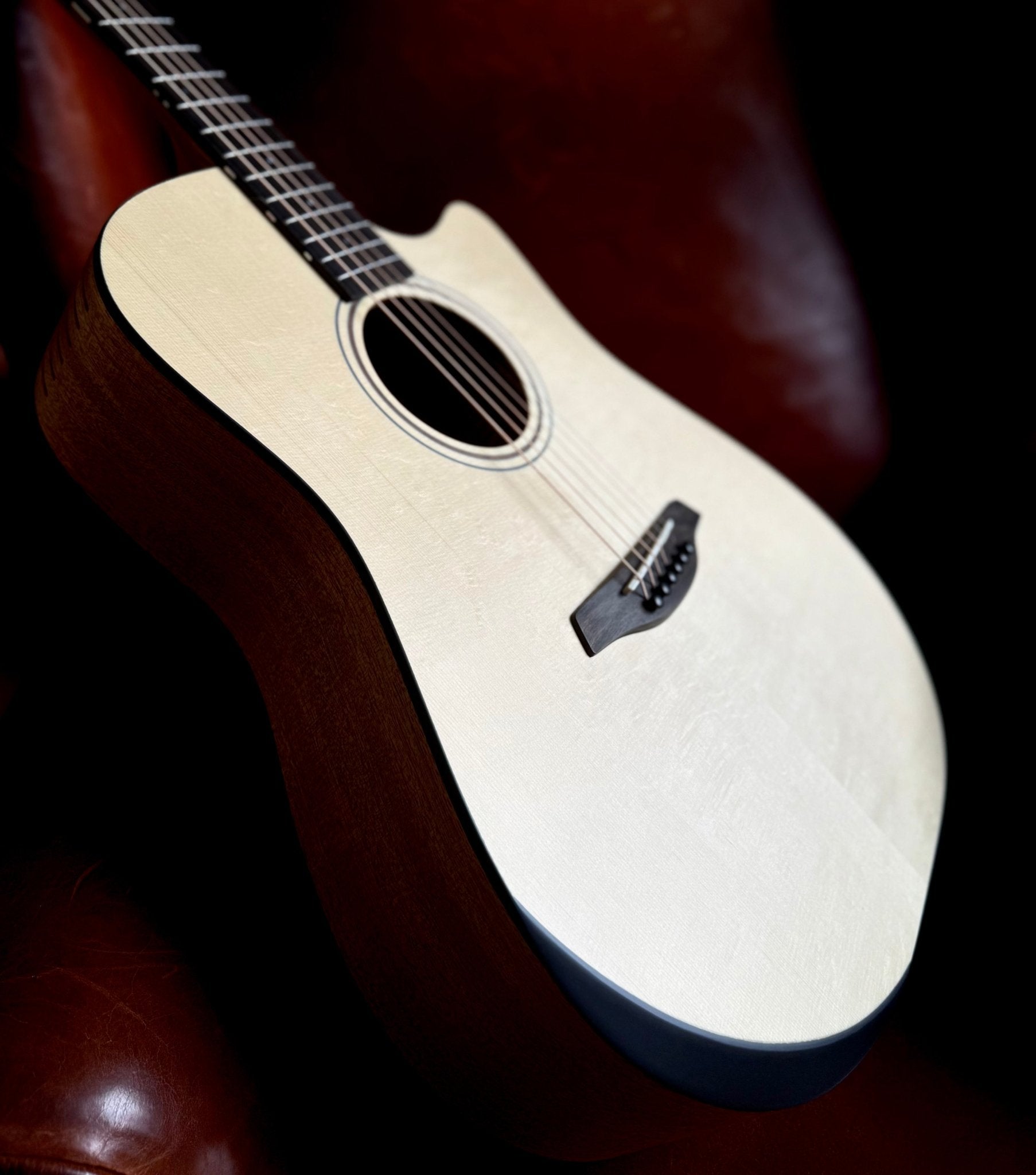
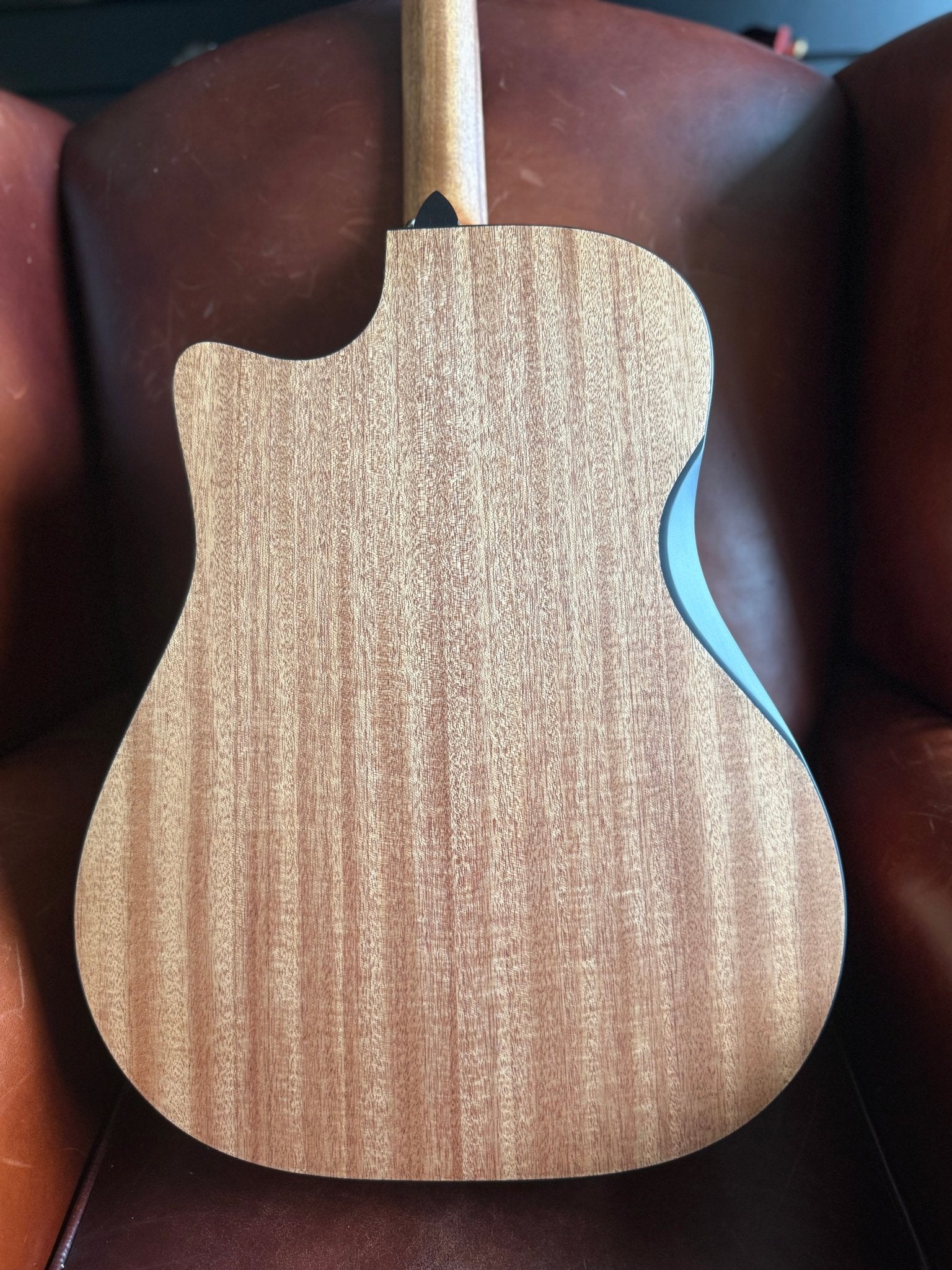
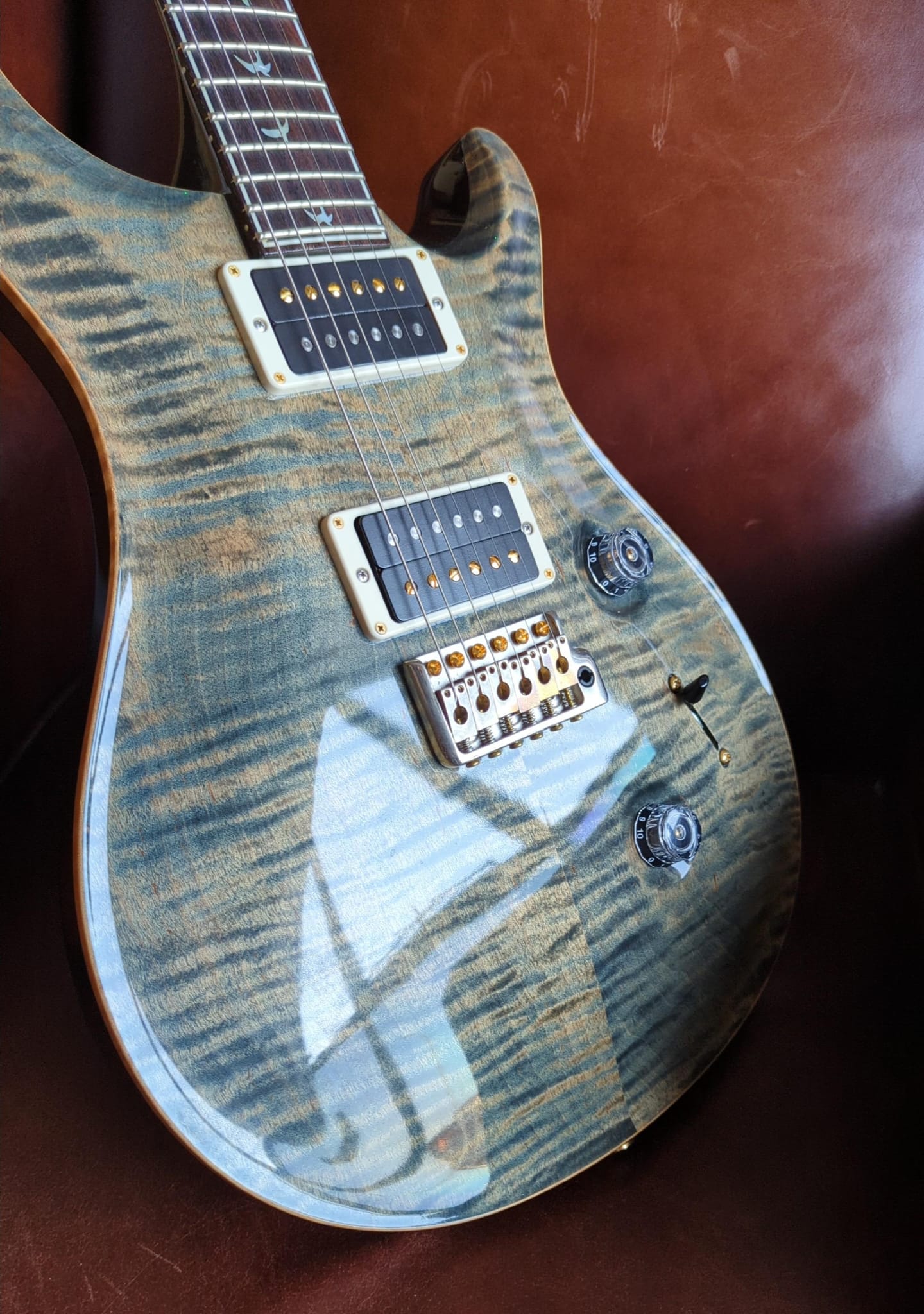
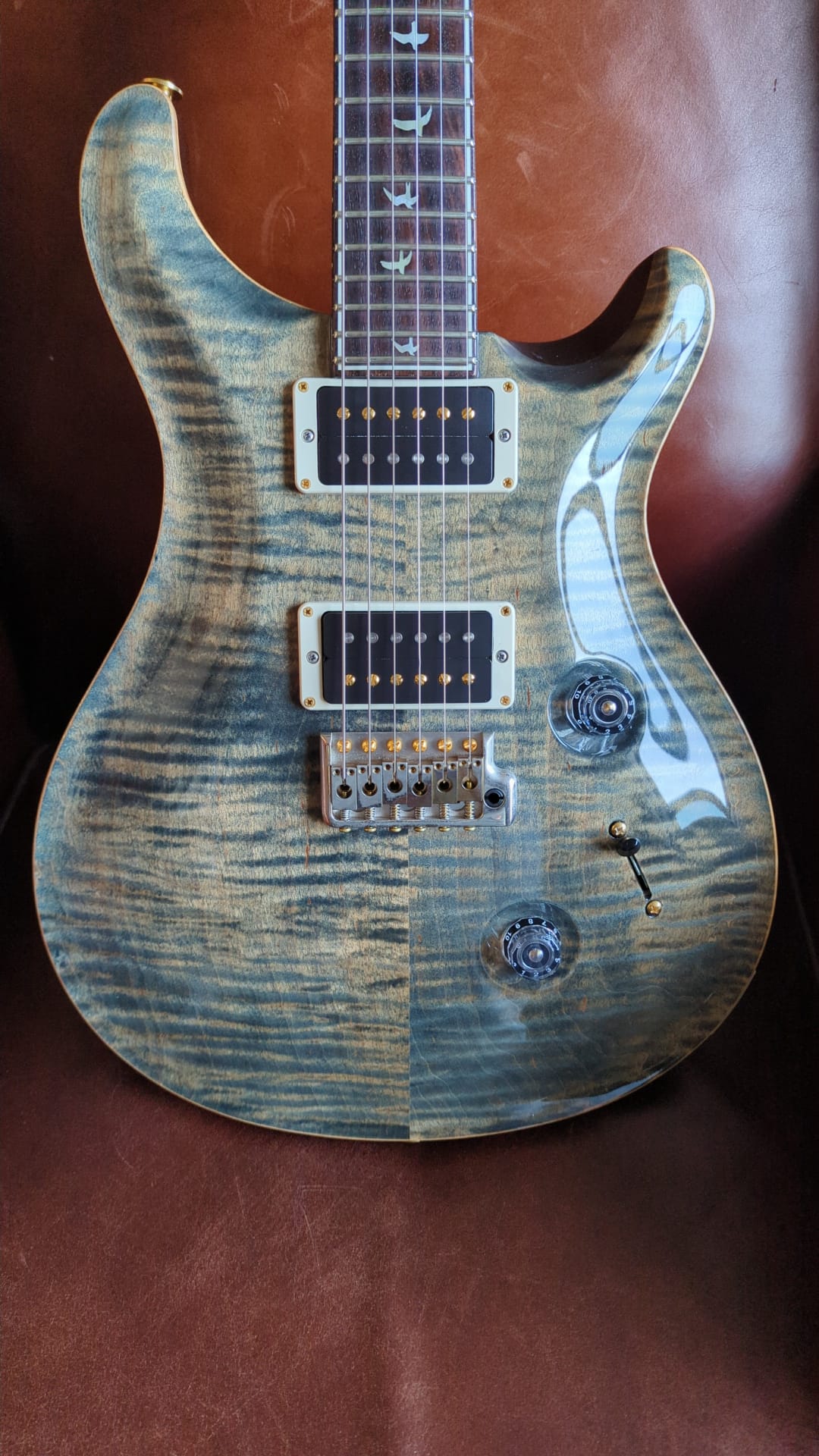
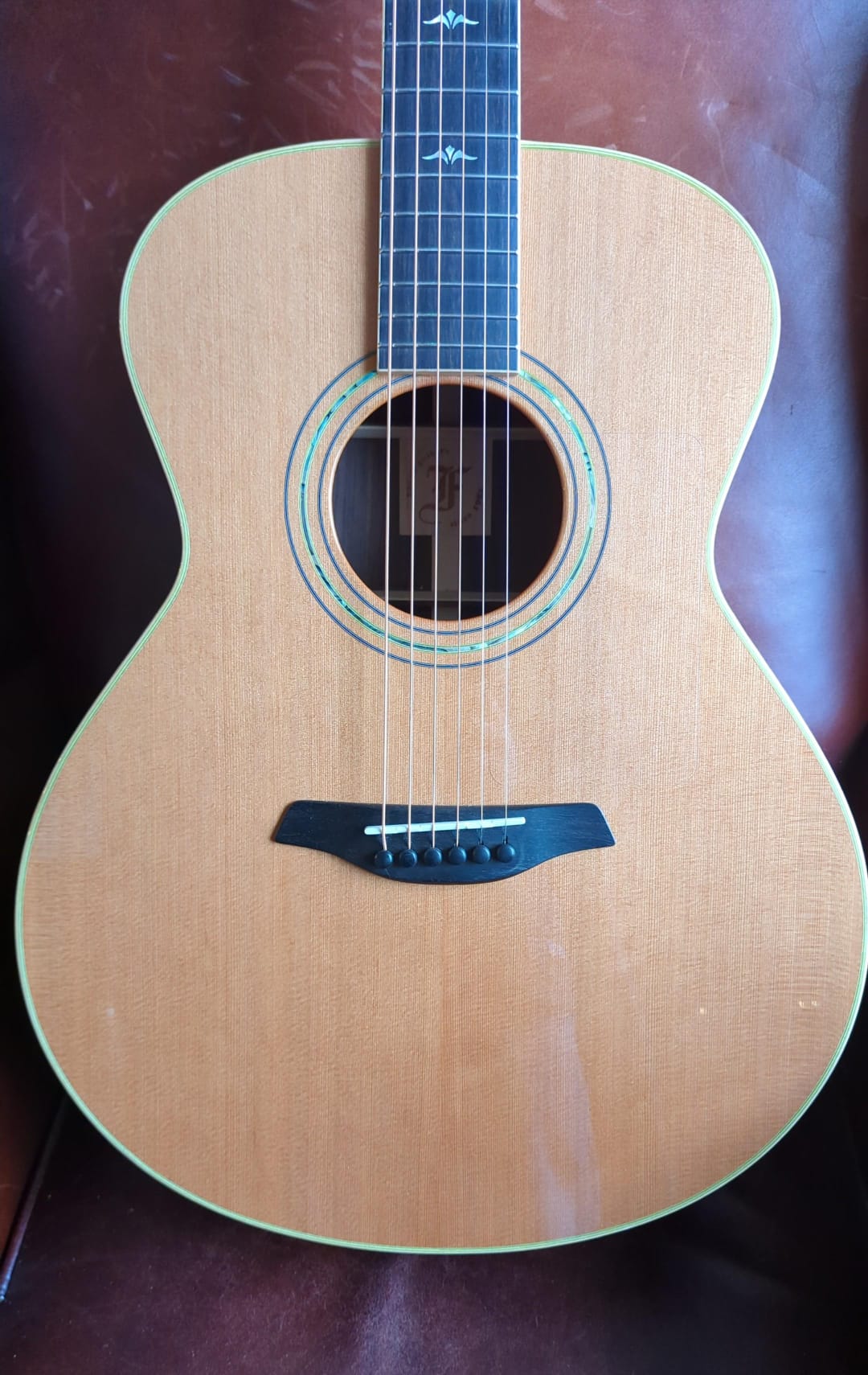
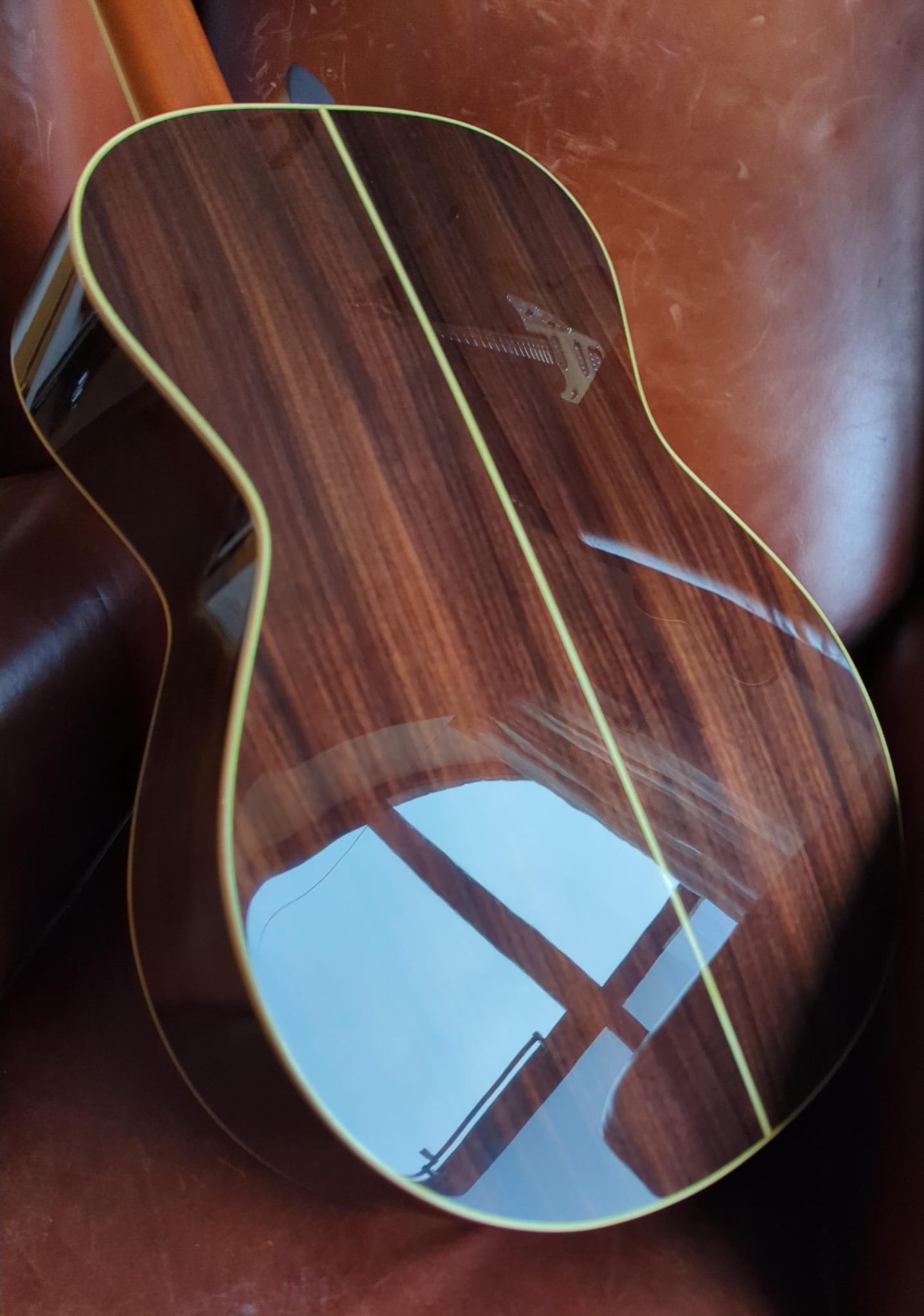
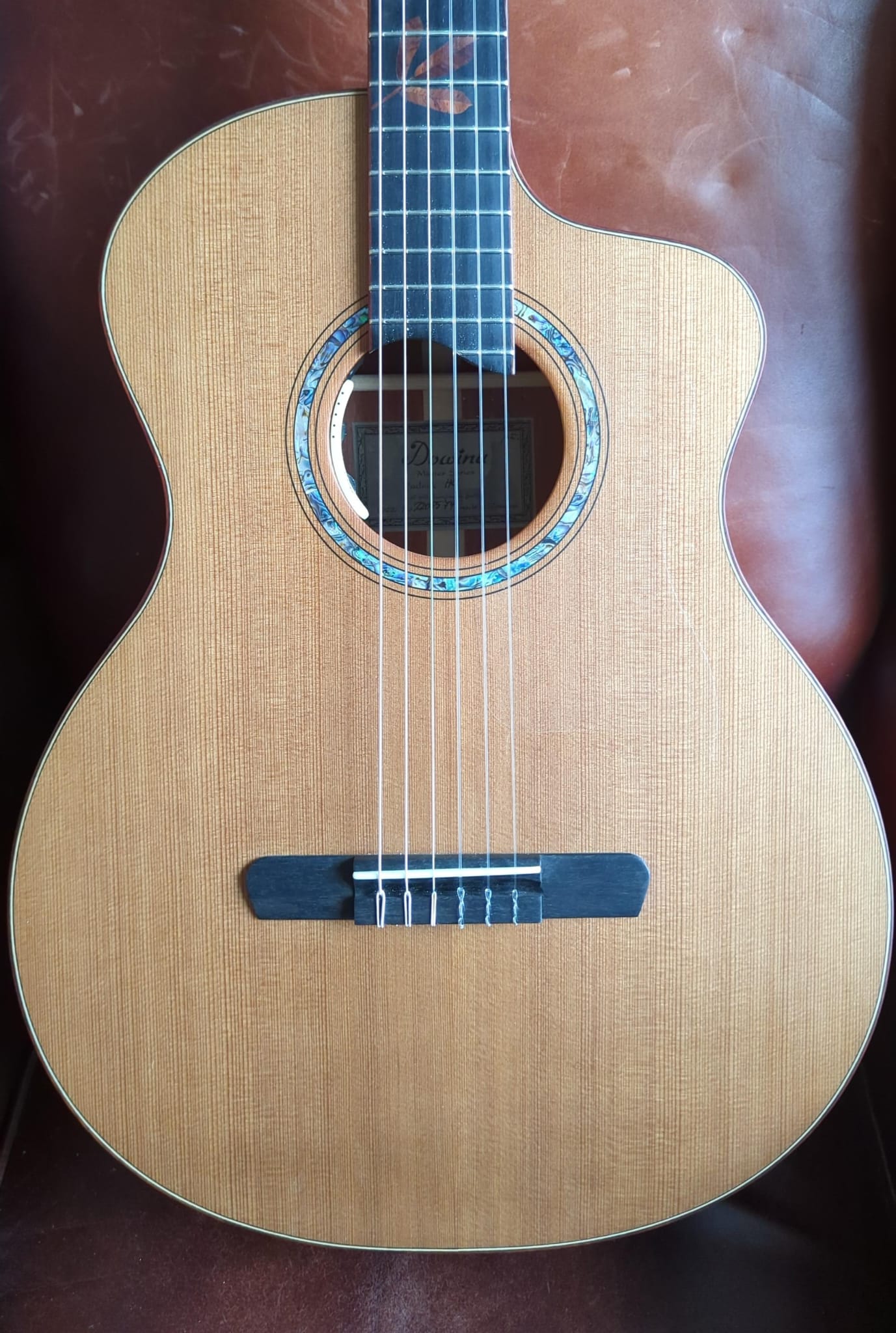
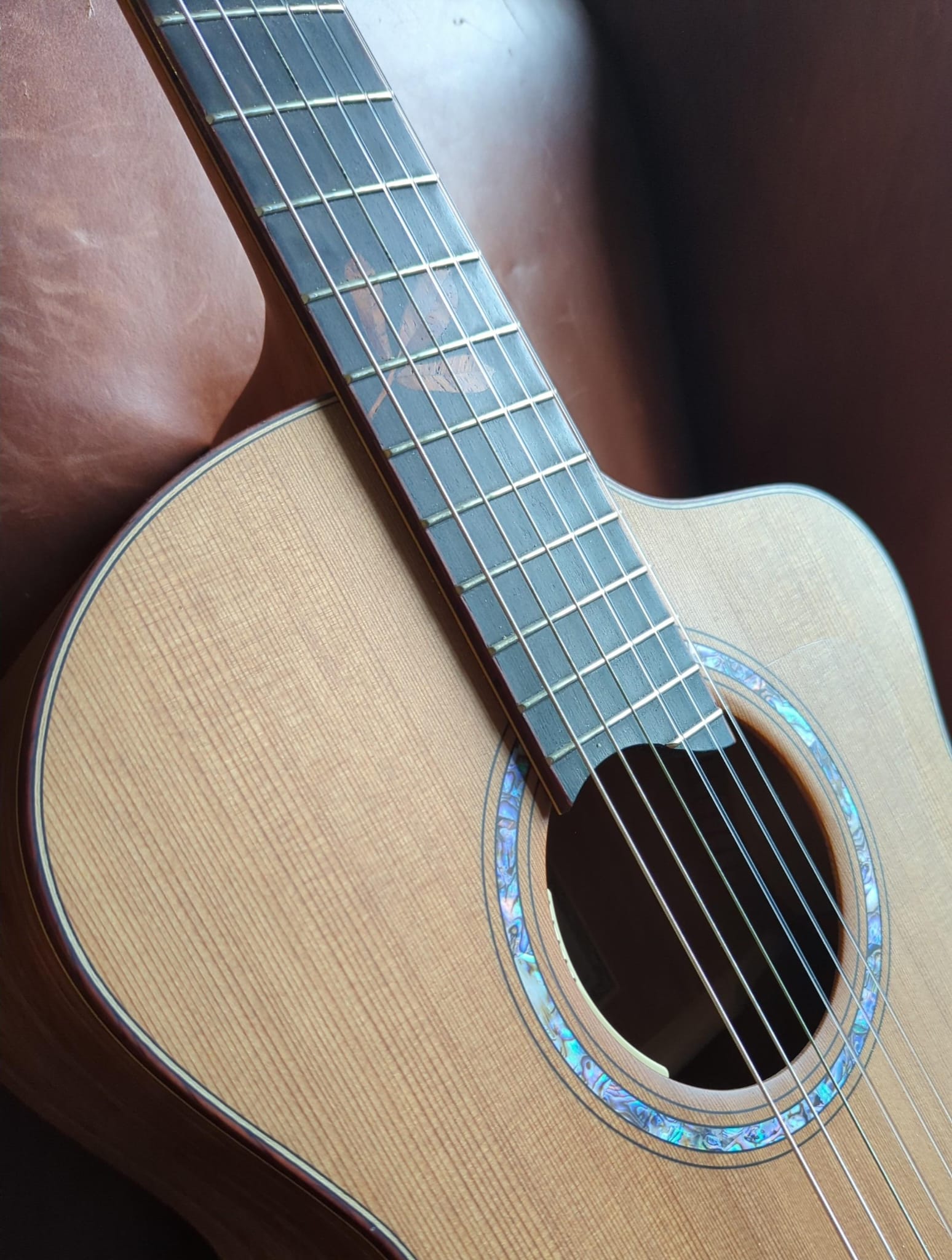
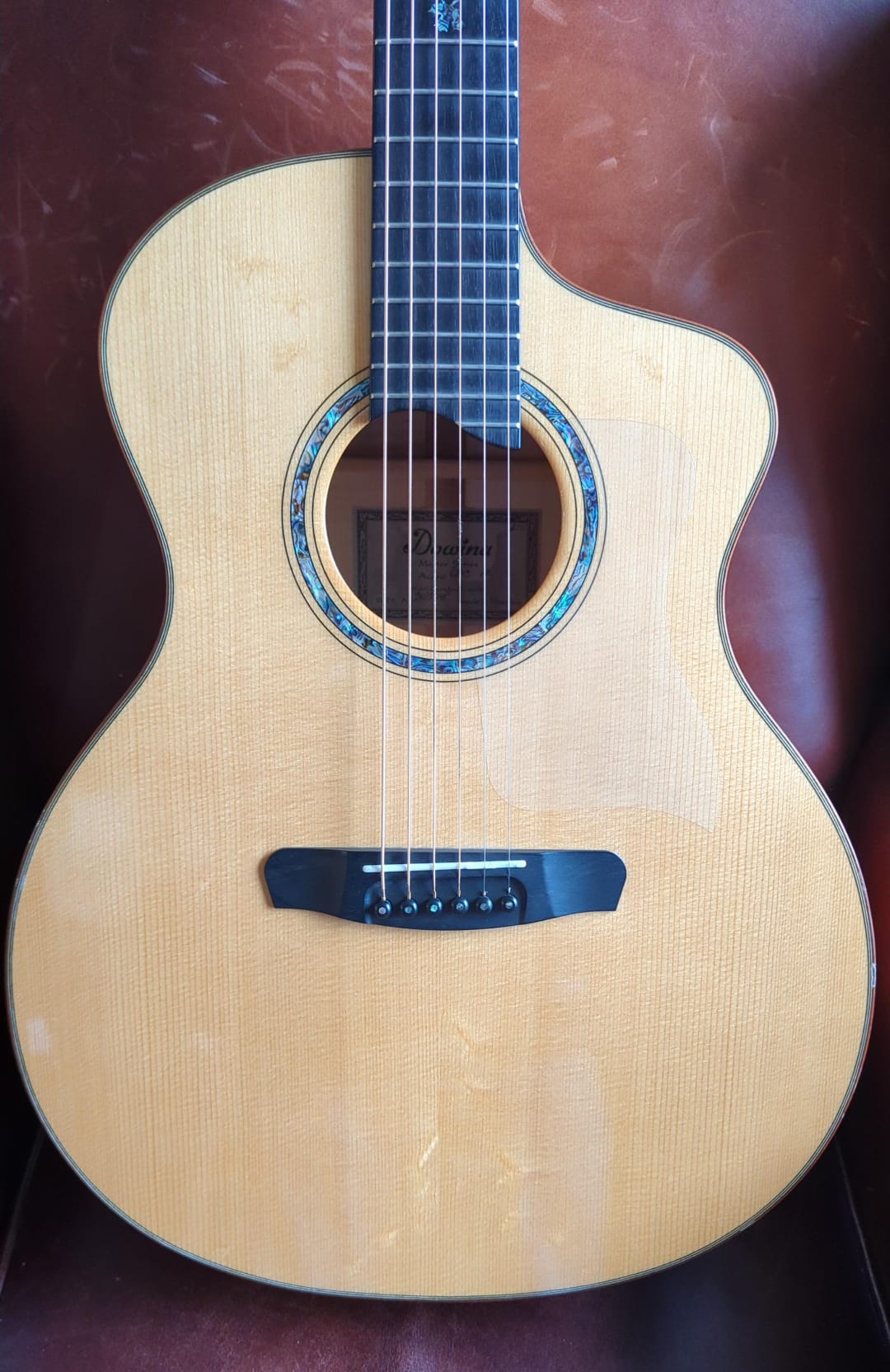
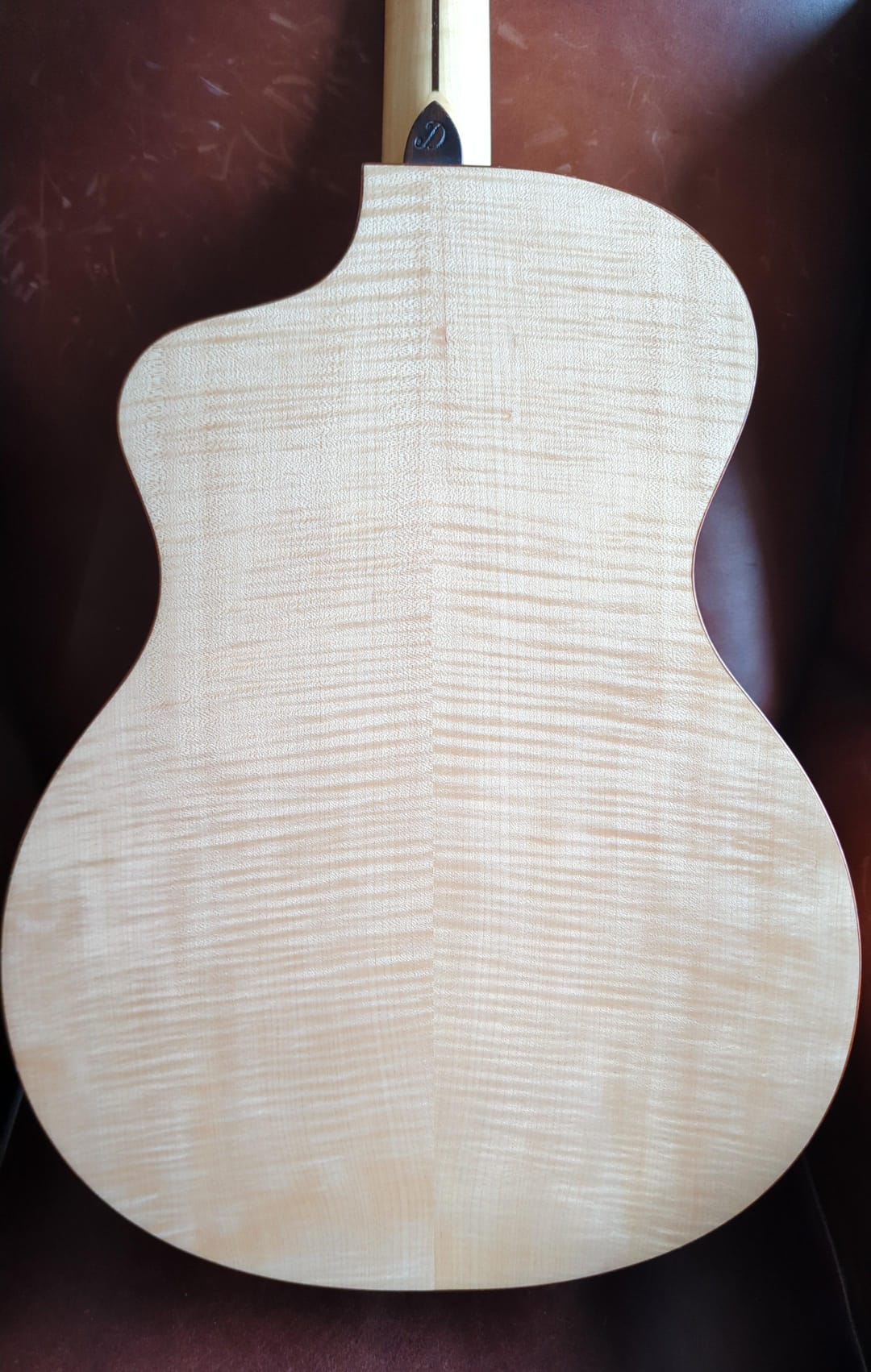
![Gordon Smith GS2 Deluxe Export 2019 [used] A1 Condition - Richards Guitars Of Stratford Upon Avon](http://rguitars.co.uk/cdn/shop/files/gordon-smith-gs2-deluxe-export-2019-used-a1-condition-4323398.jpg?v=1766153718&width=1072)
![Gordon Smith GS2 Deluxe Export 2019 [used] A1 Condition - Richards Guitars Of Stratford Upon Avon](http://rguitars.co.uk/cdn/shop/files/gordon-smith-gs2-deluxe-export-2019-used-a1-condition-9502671.jpg?v=1766153718&width=899)
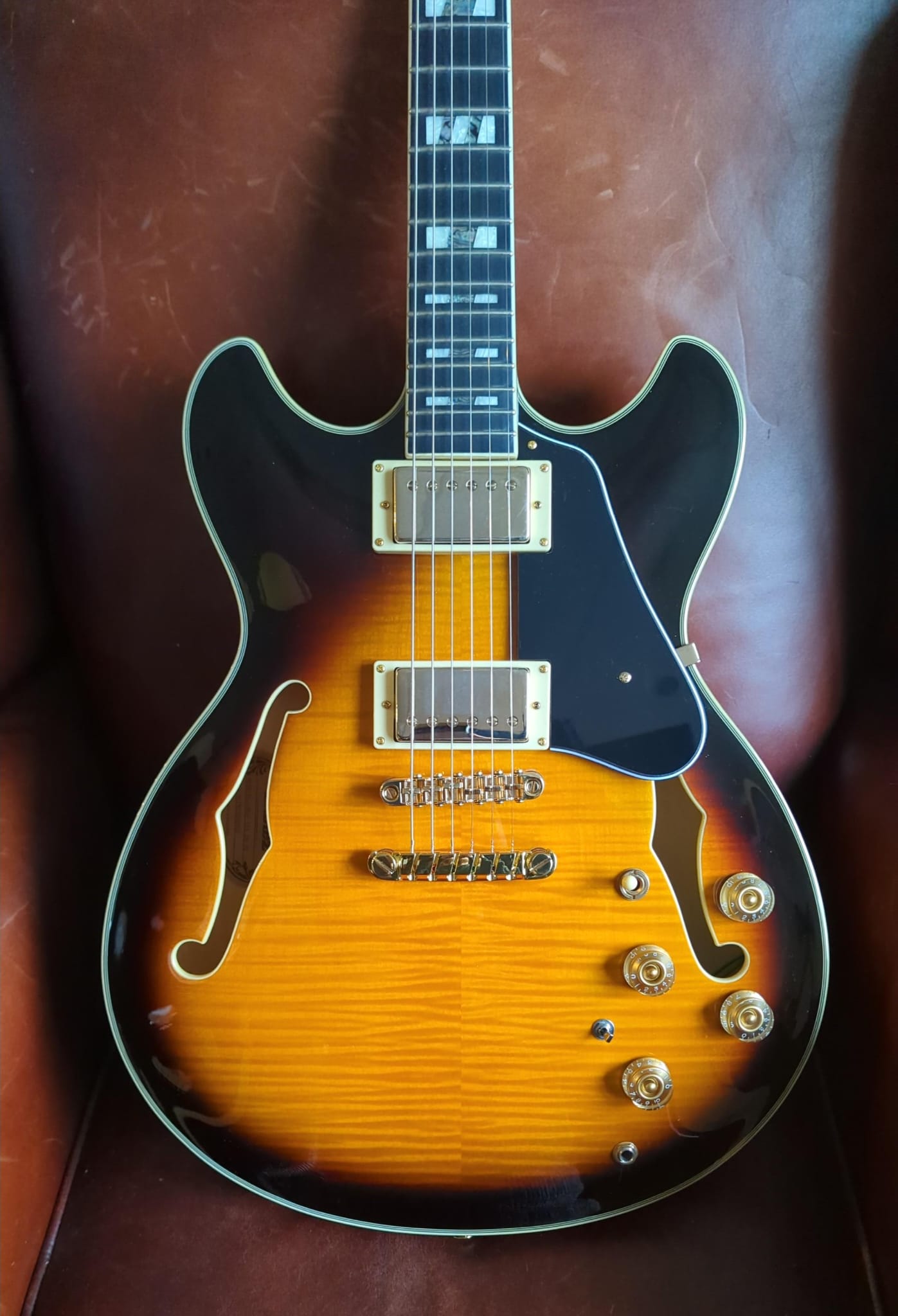
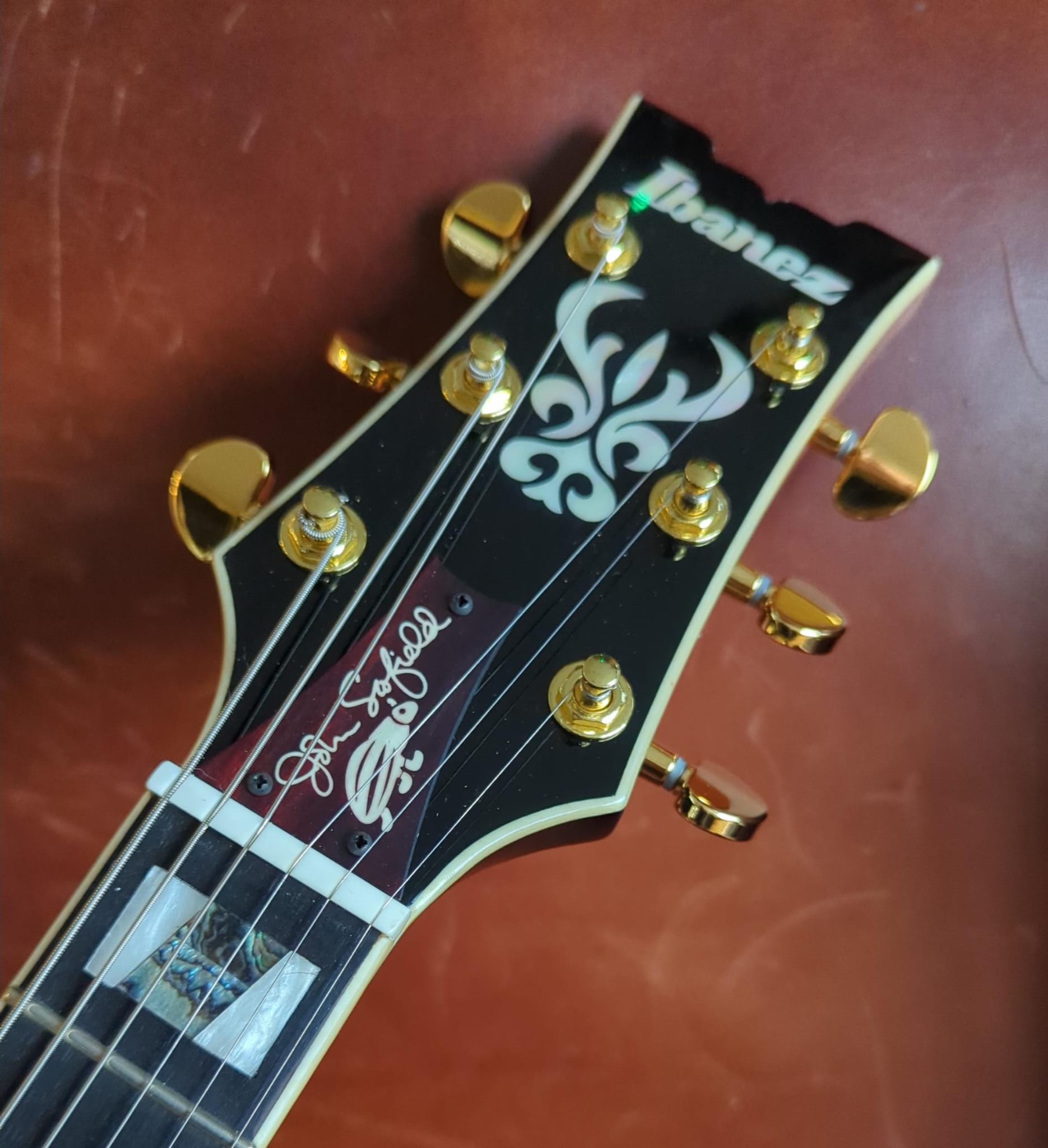
![G&L USA Made ASAT - late 80s/early 90s [Used] - Richards Guitars Of Stratford Upon Avon](http://rguitars.co.uk/cdn/shop/files/gl-usa-made-asat-late-80searly-90s-used-1091932.jpg?v=1761670676&width=1378)
![G&L USA Made ASAT - late 80s/early 90s [Used] - Richards Guitars Of Stratford Upon Avon](http://rguitars.co.uk/cdn/shop/files/gl-usa-made-asat-late-80searly-90s-used-7964817.jpg?v=1761670677&width=1828)
![Eastman AC630 - SB [Used] - Richards Guitars Of Stratford Upon Avon](http://rguitars.co.uk/cdn/shop/files/eastman-ac630-sb-used-5743157.jpg?v=1760421581&width=1080)
![Eastman AC630 - SB [Used] - Richards Guitars Of Stratford Upon Avon](http://rguitars.co.uk/cdn/shop/files/eastman-ac630-sb-used-2967411.jpg?v=1760421593&width=1569)
![Fender American Professional II Jazzmaster - Dark Night [Used] guitar for sale uk](http://rguitars.co.uk/cdn/shop/files/fender-american-professional-ii-jazzmaster-dark-night-used-6840250.jpg?v=1760421430&width=1602)
![Fender American Professional II Jazzmaster - Dark Night [Used] guitar for sale uk](http://rguitars.co.uk/cdn/shop/files/fender-american-professional-ii-jazzmaster-dark-night-used-4375294.jpg?v=1760421432&width=1476)
![Guild Brian May "Red Special" Limited Edition - early 90s - One of 1000 [Used] guitar for sale uk](http://rguitars.co.uk/cdn/shop/files/guild-brian-may-red-special-limited-edition-early-90s-one-of-1000-used-6139630.jpg?v=1760421357&width=1492)
![Guild Brian May "Red Special" Limited Edition - early 90s - One of 1000 [Used] guitar for sale uk](http://rguitars.co.uk/cdn/shop/files/guild-brian-may-red-special-limited-edition-early-90s-one-of-1000-used-9797150.jpg?v=1760421365&width=1644)
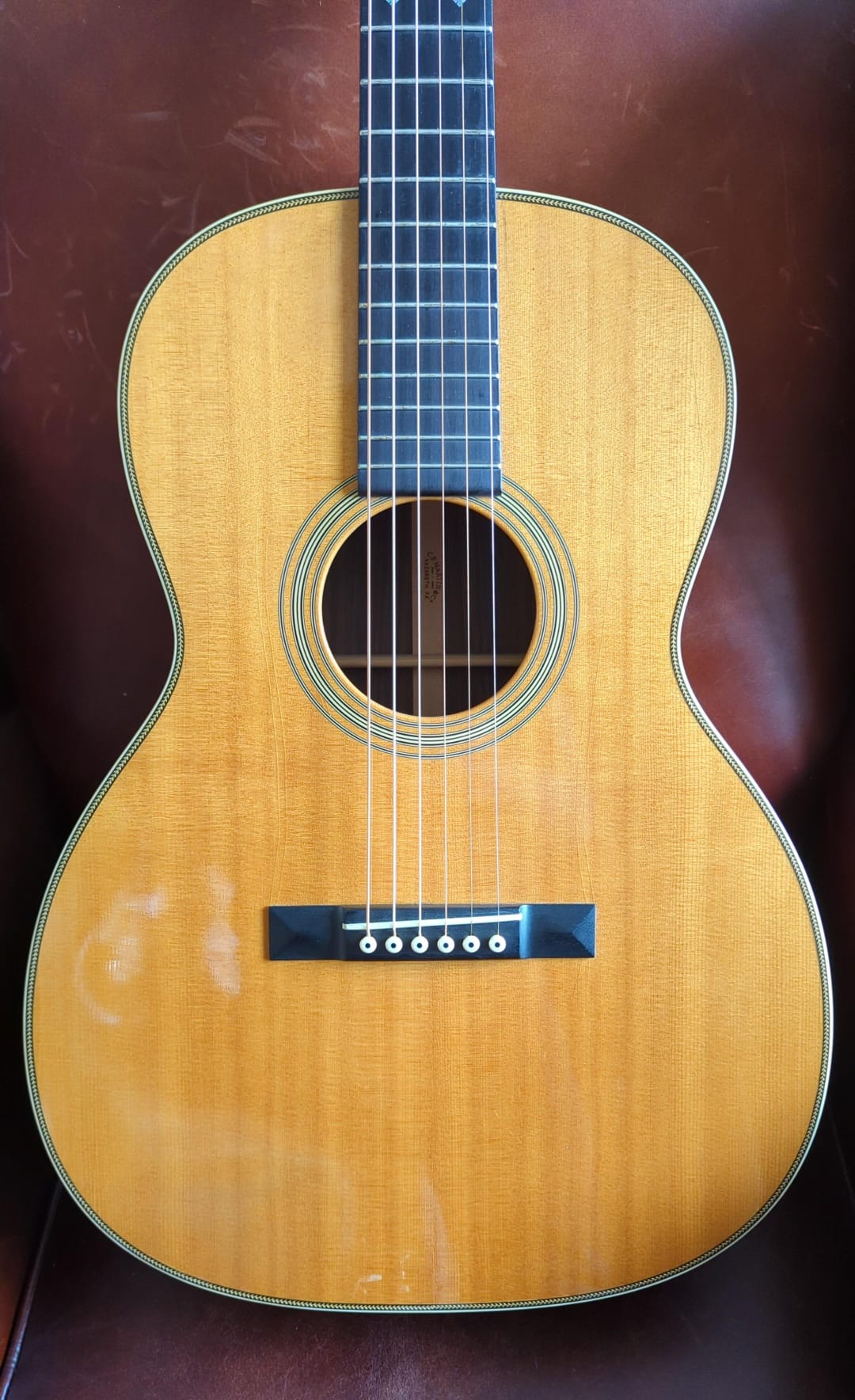
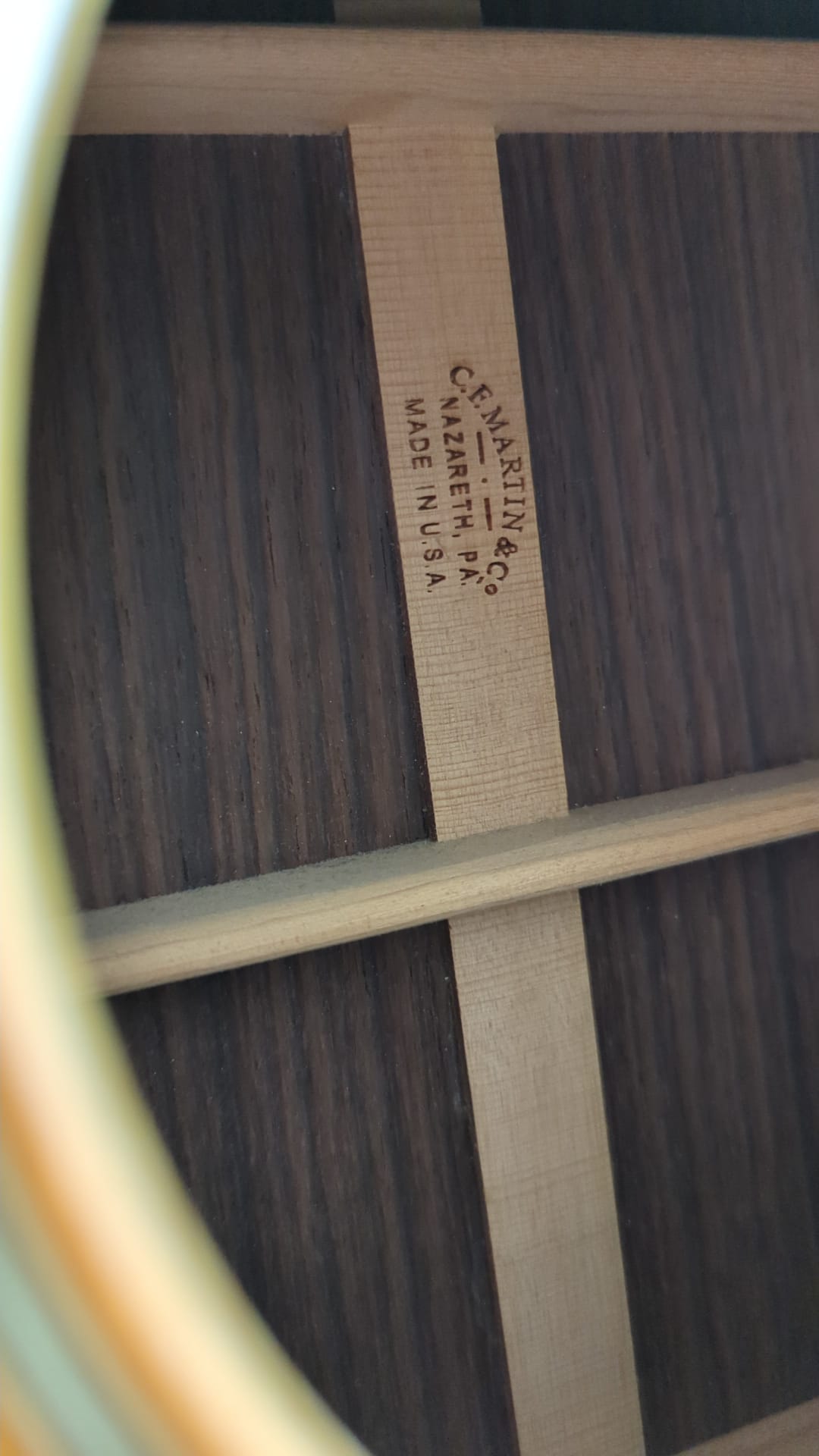
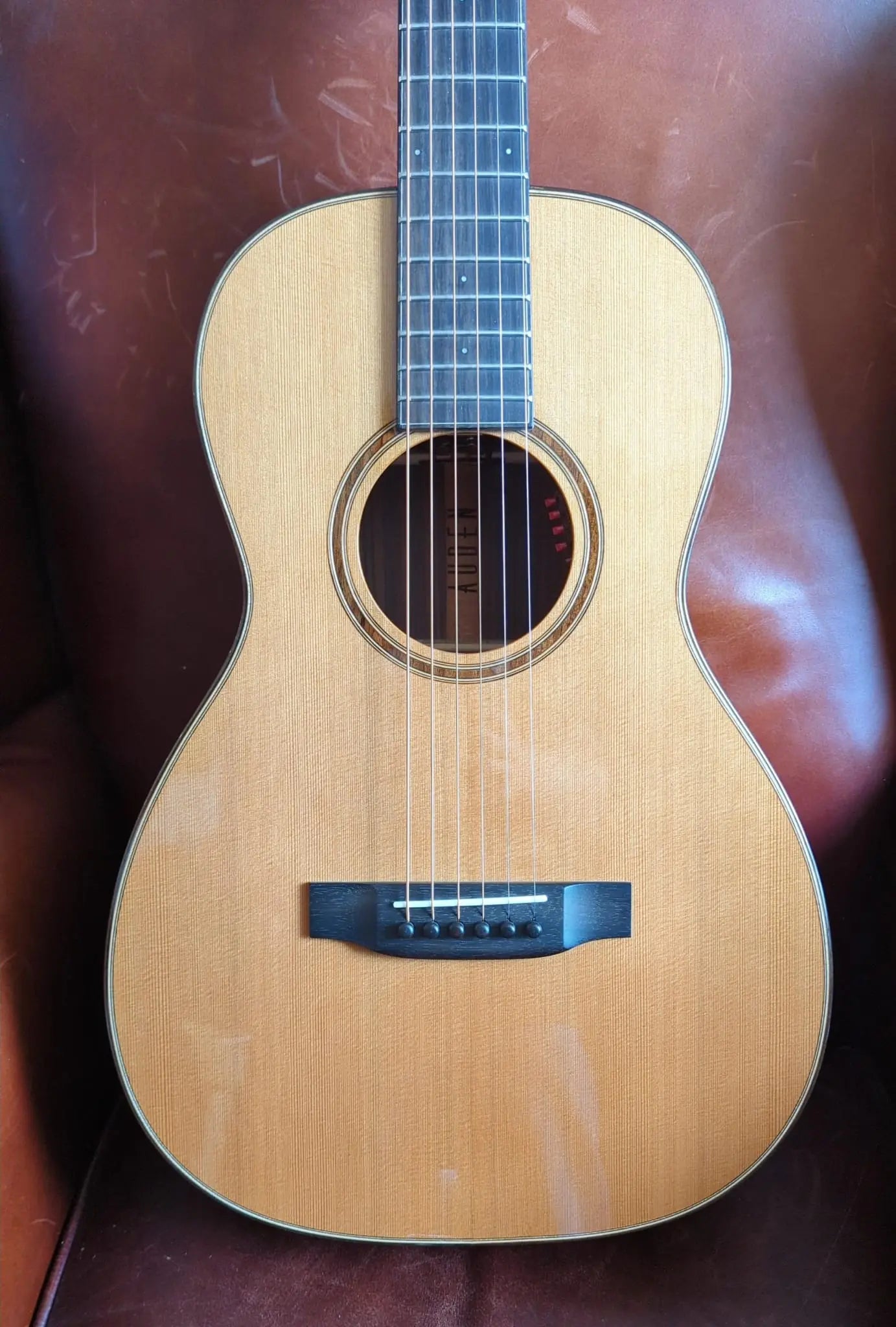
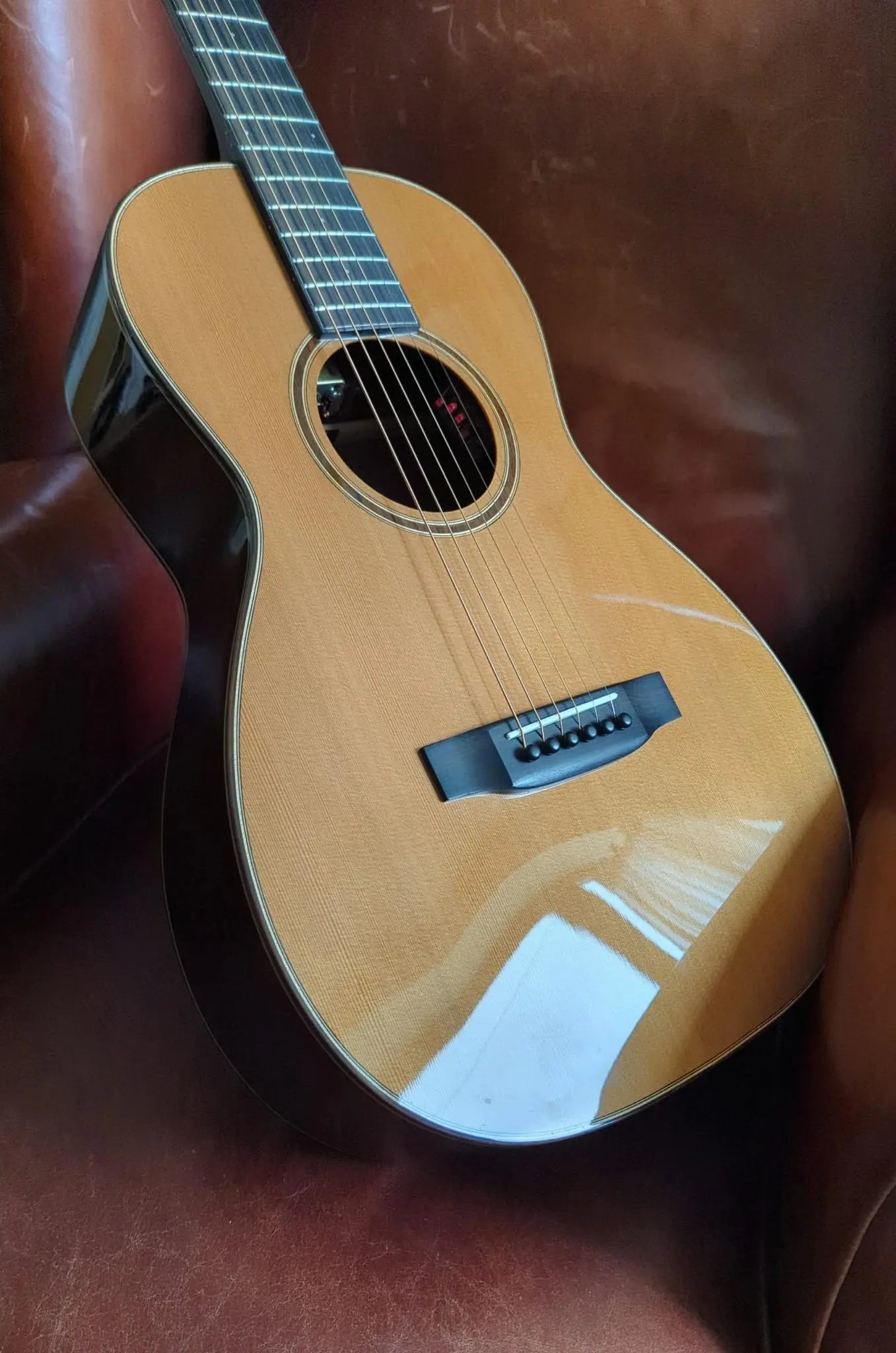
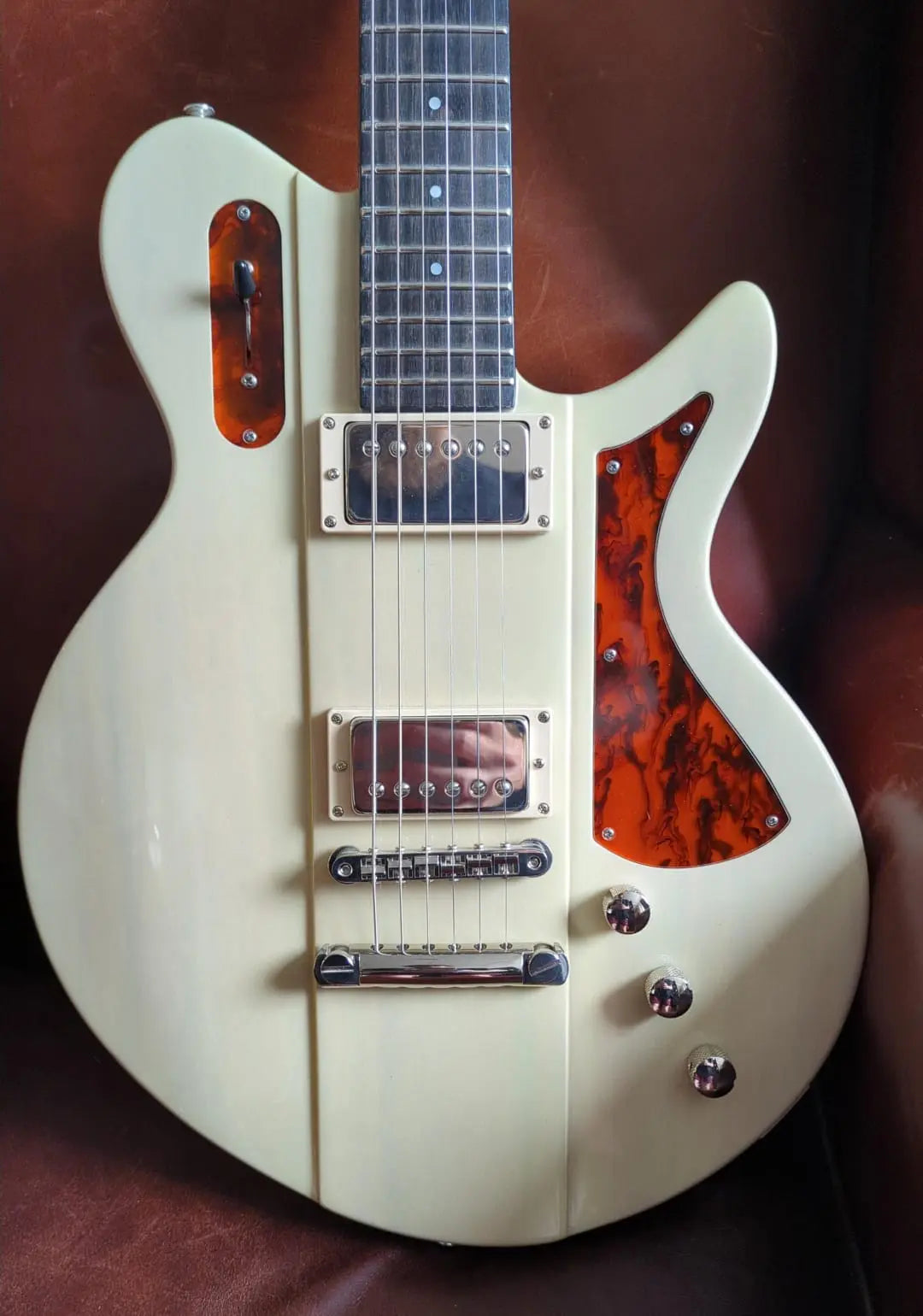
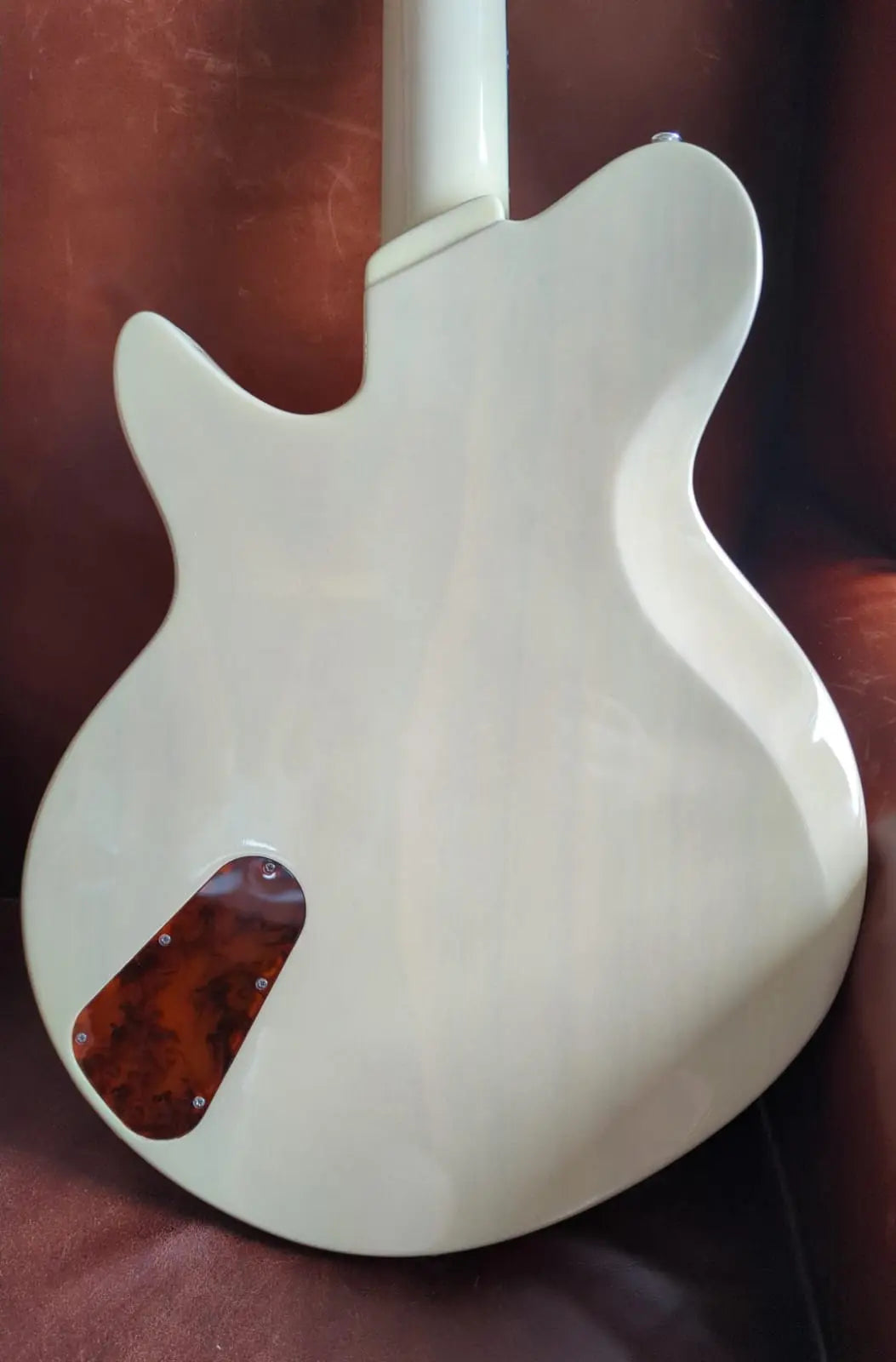
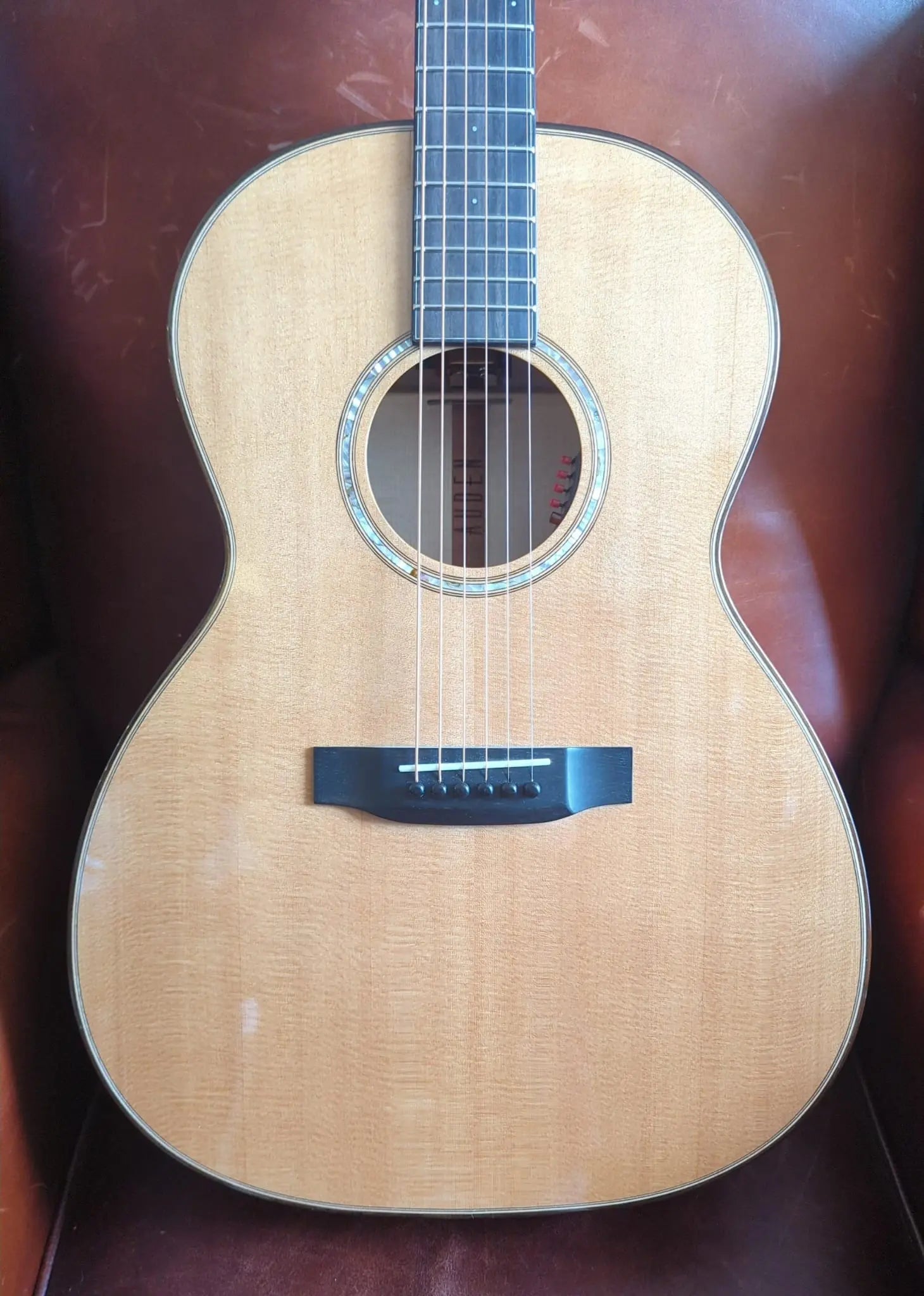
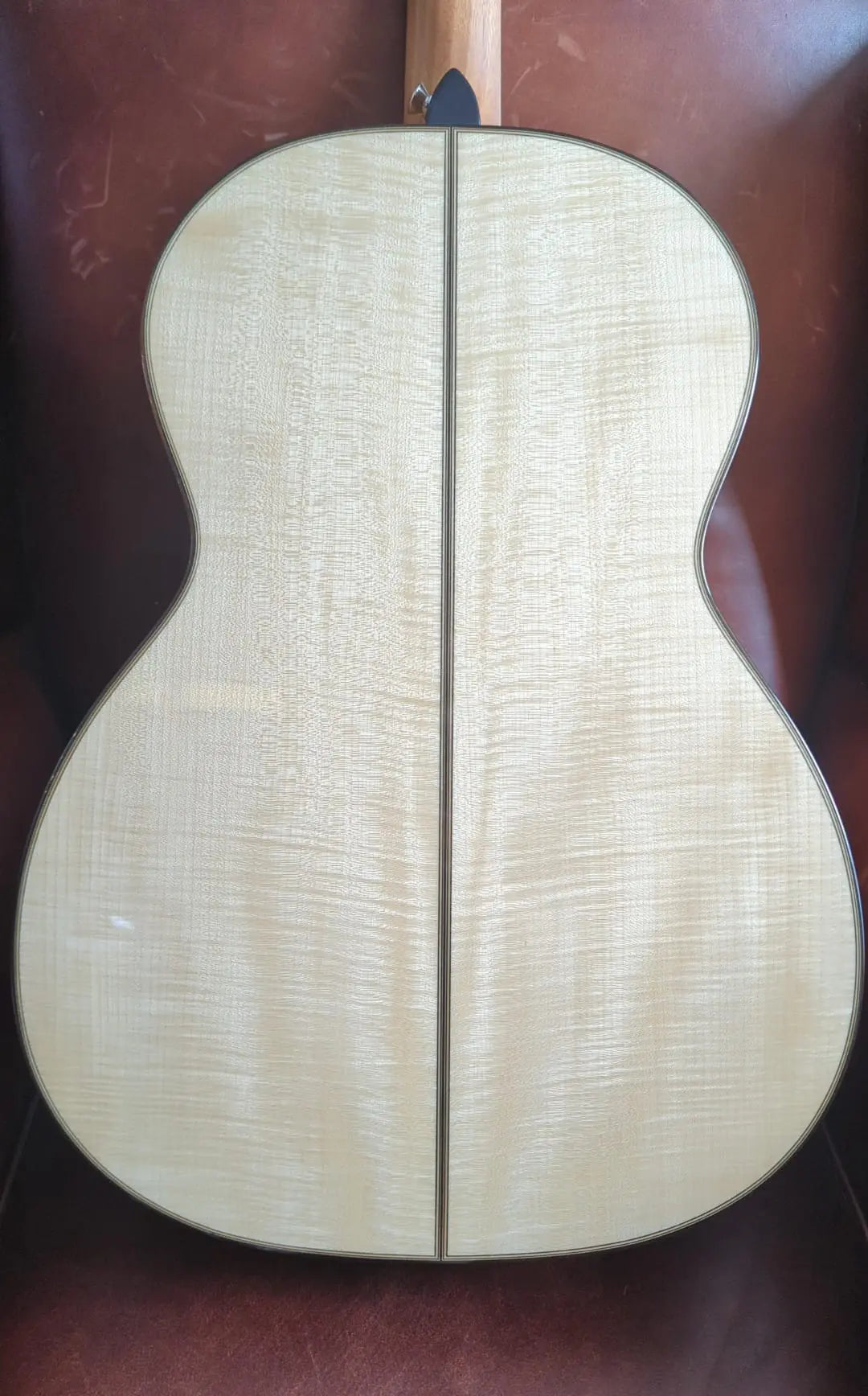
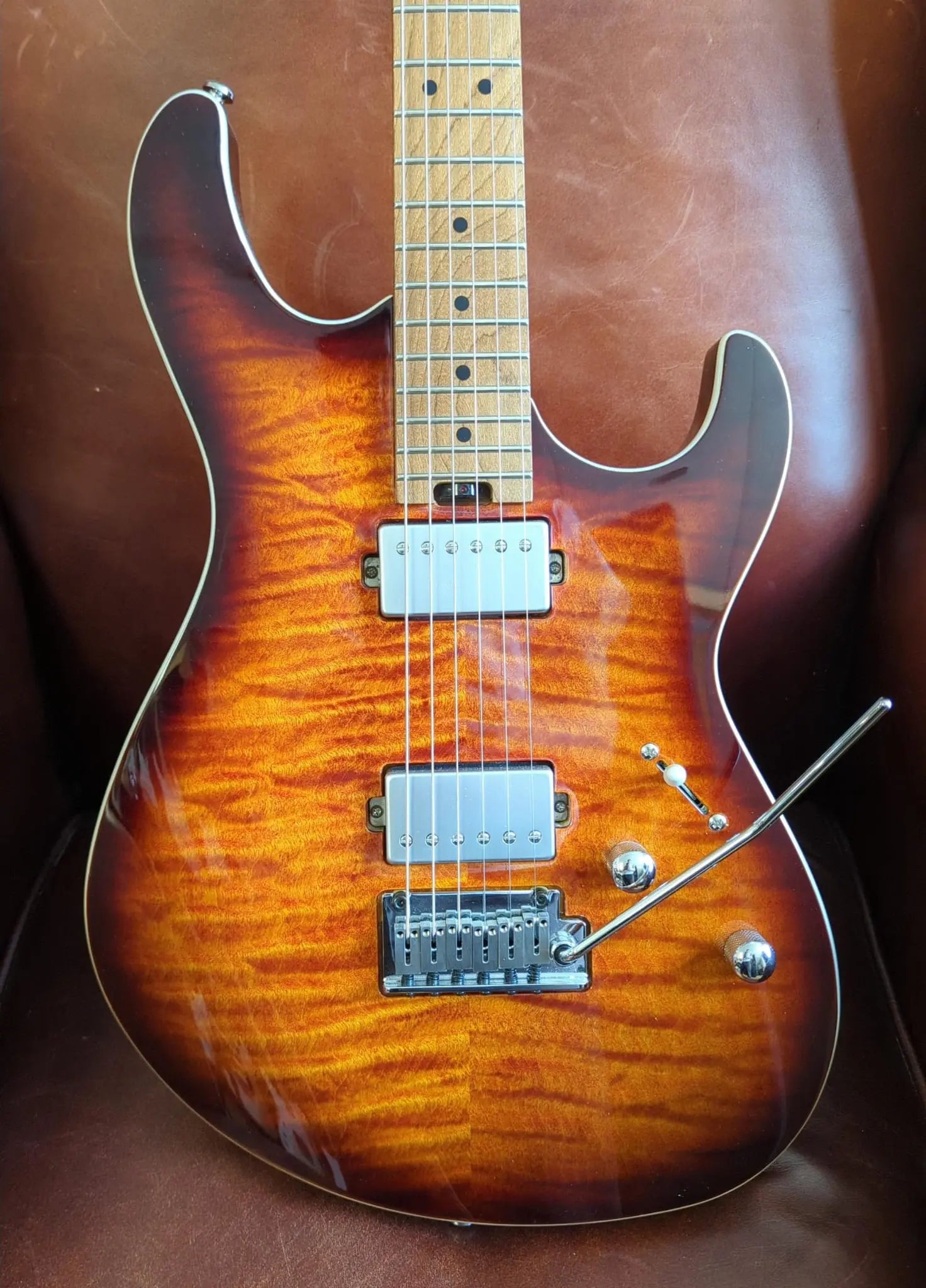
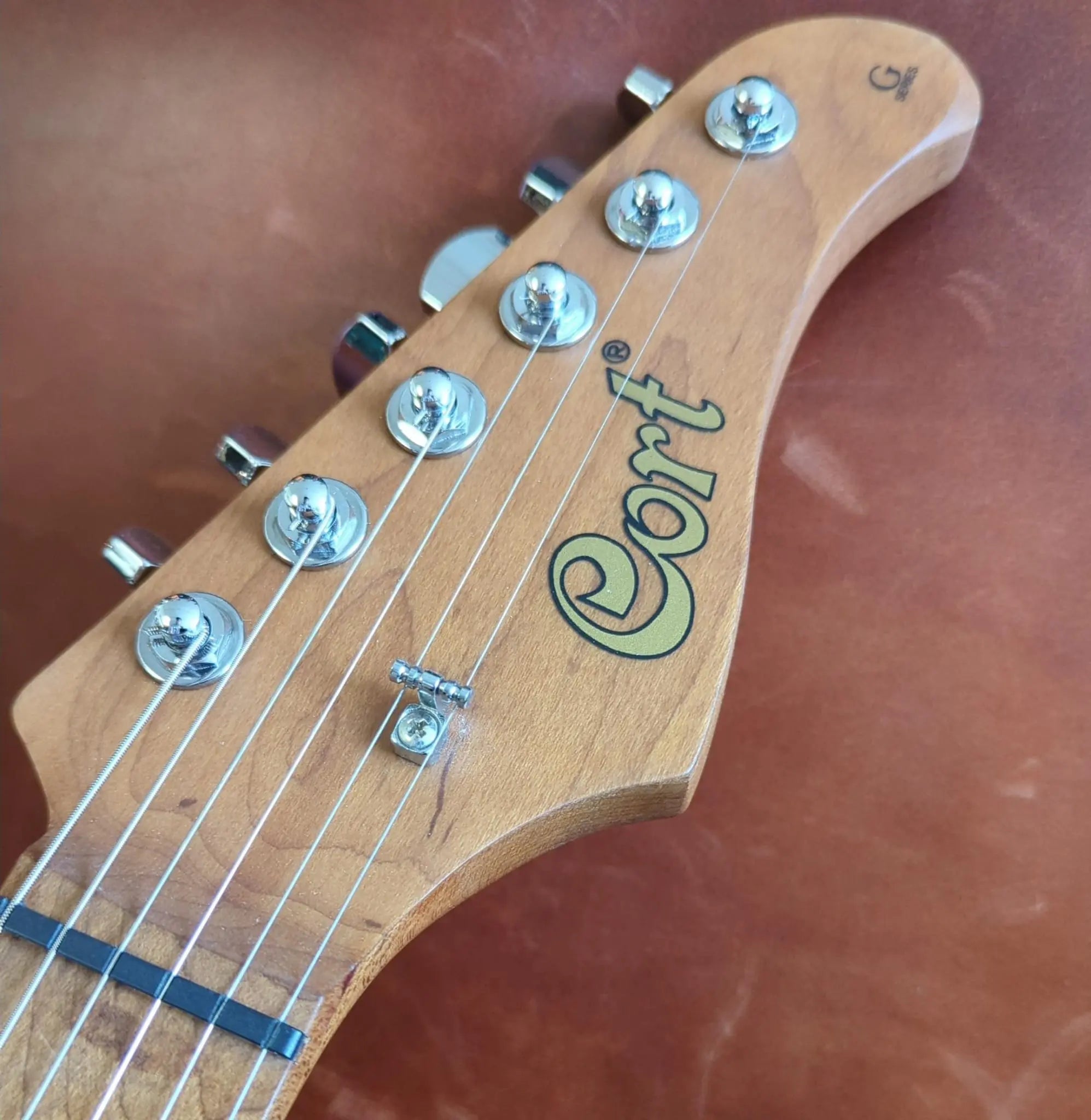
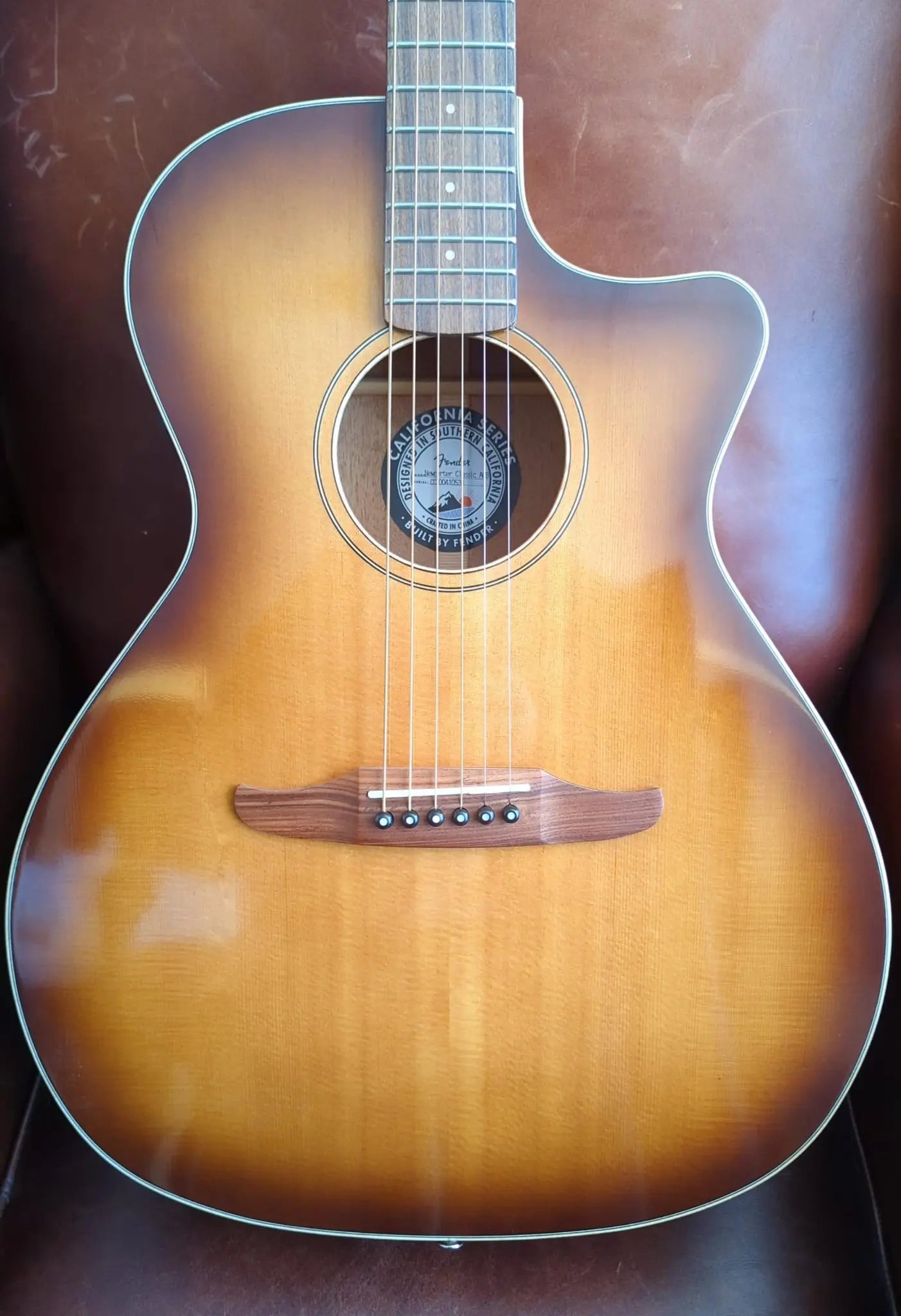
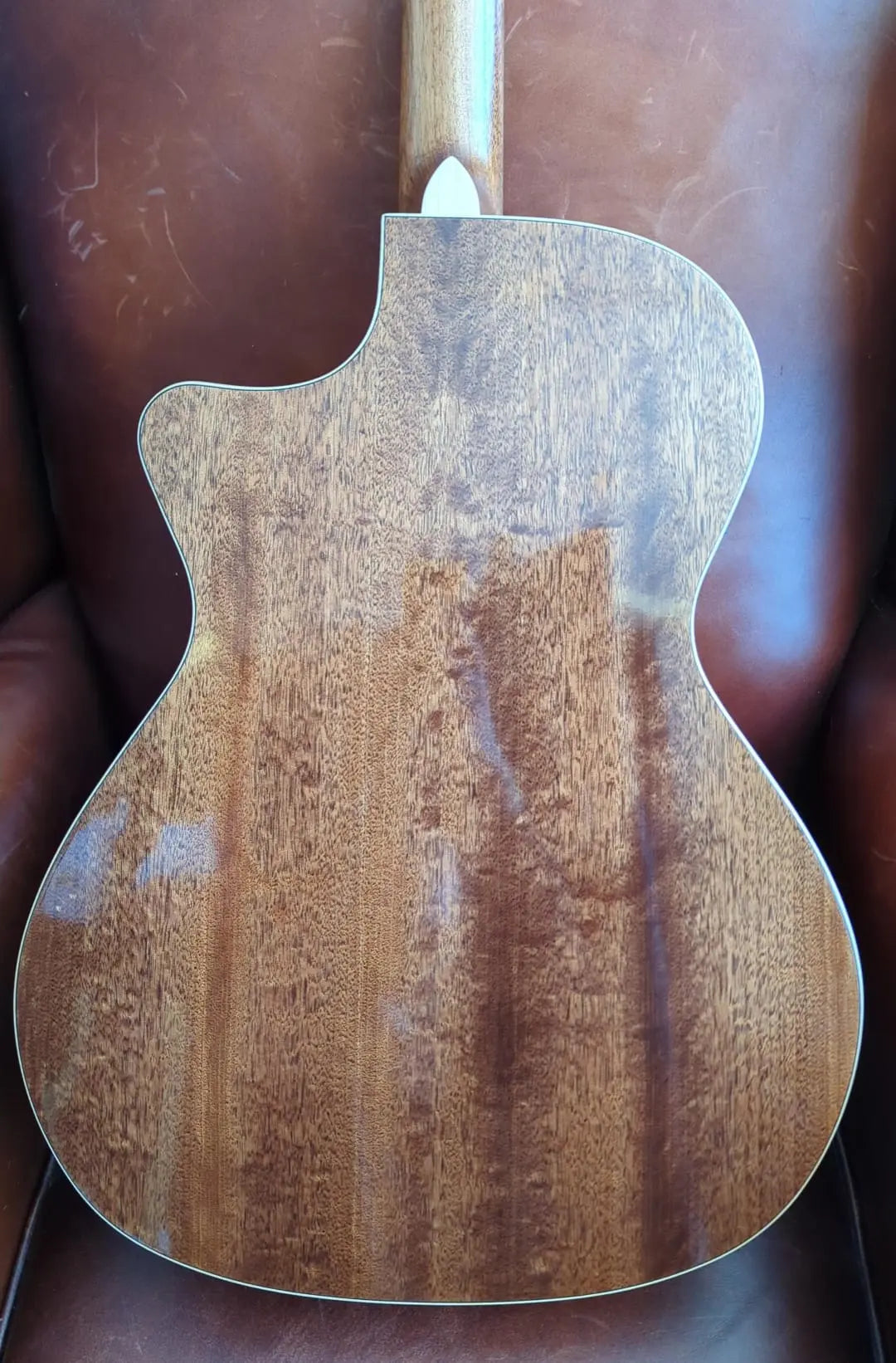
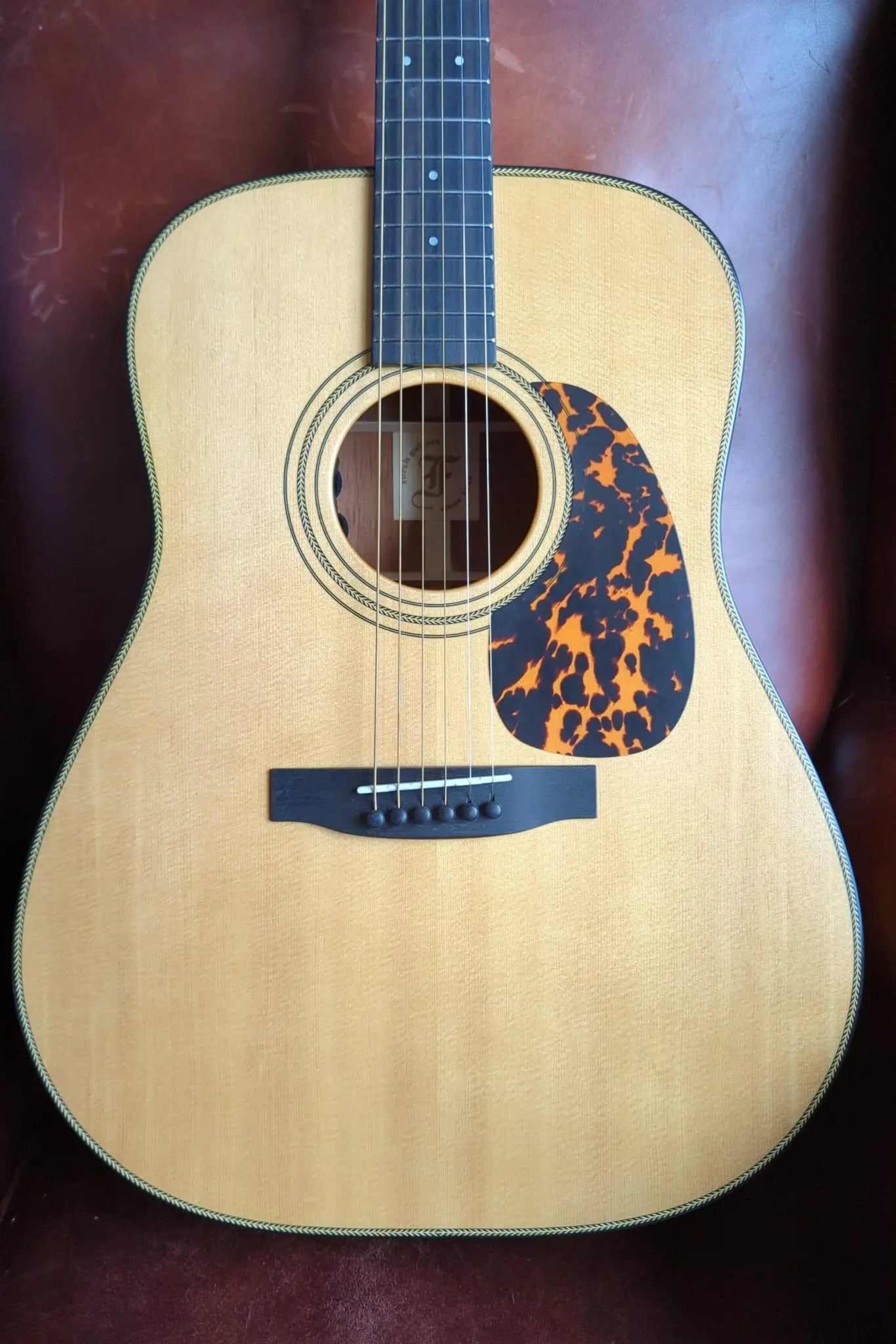
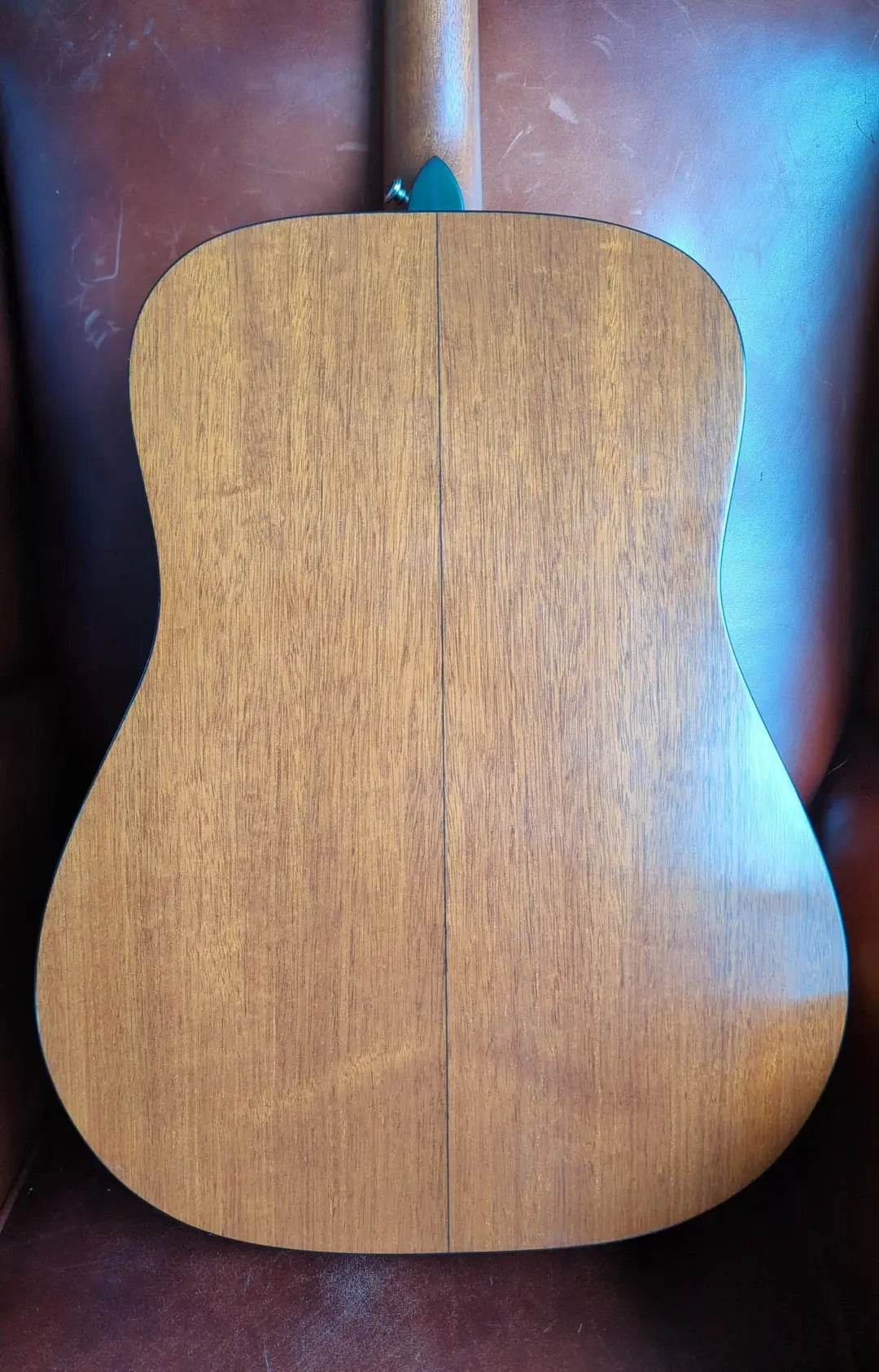
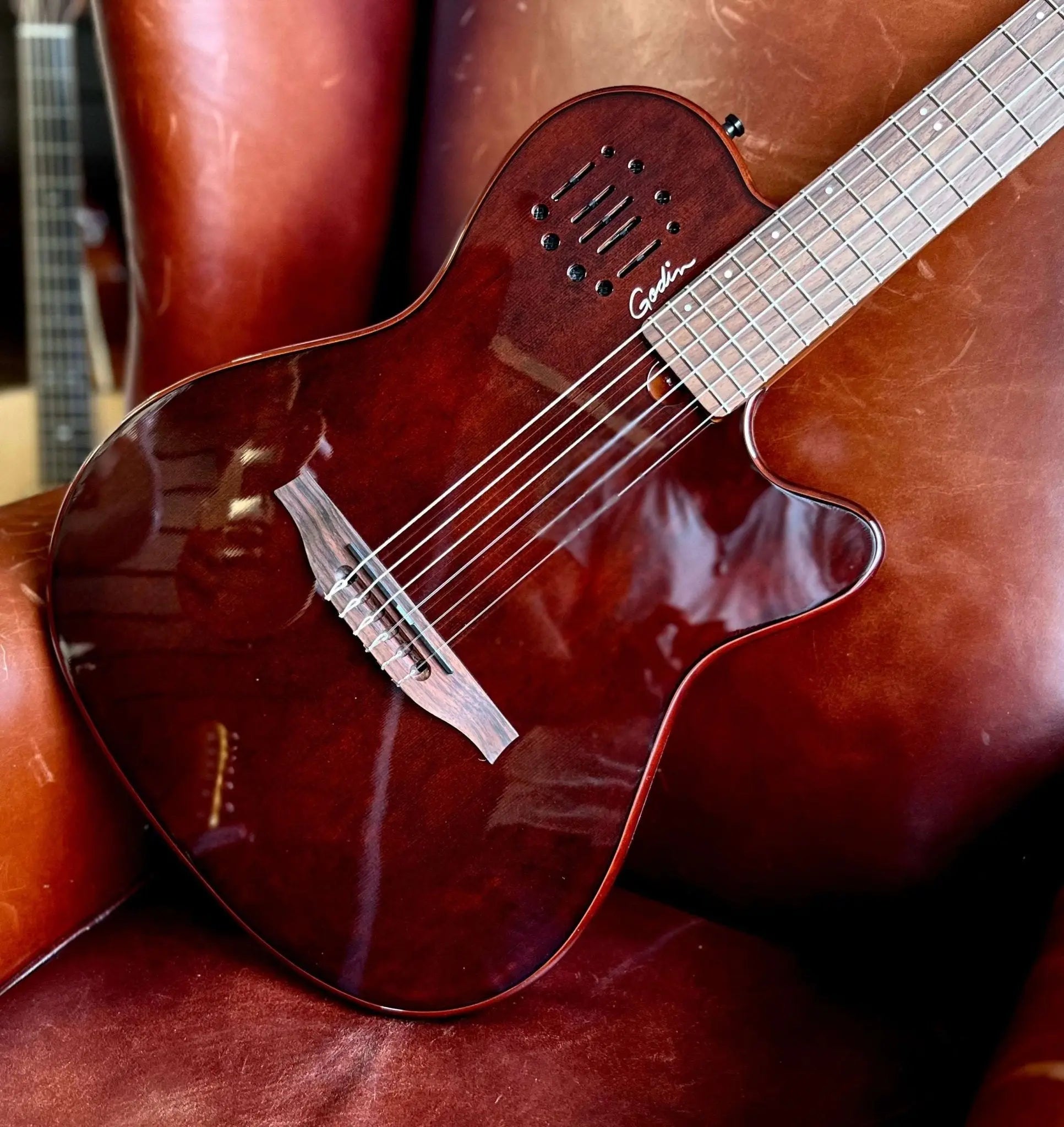
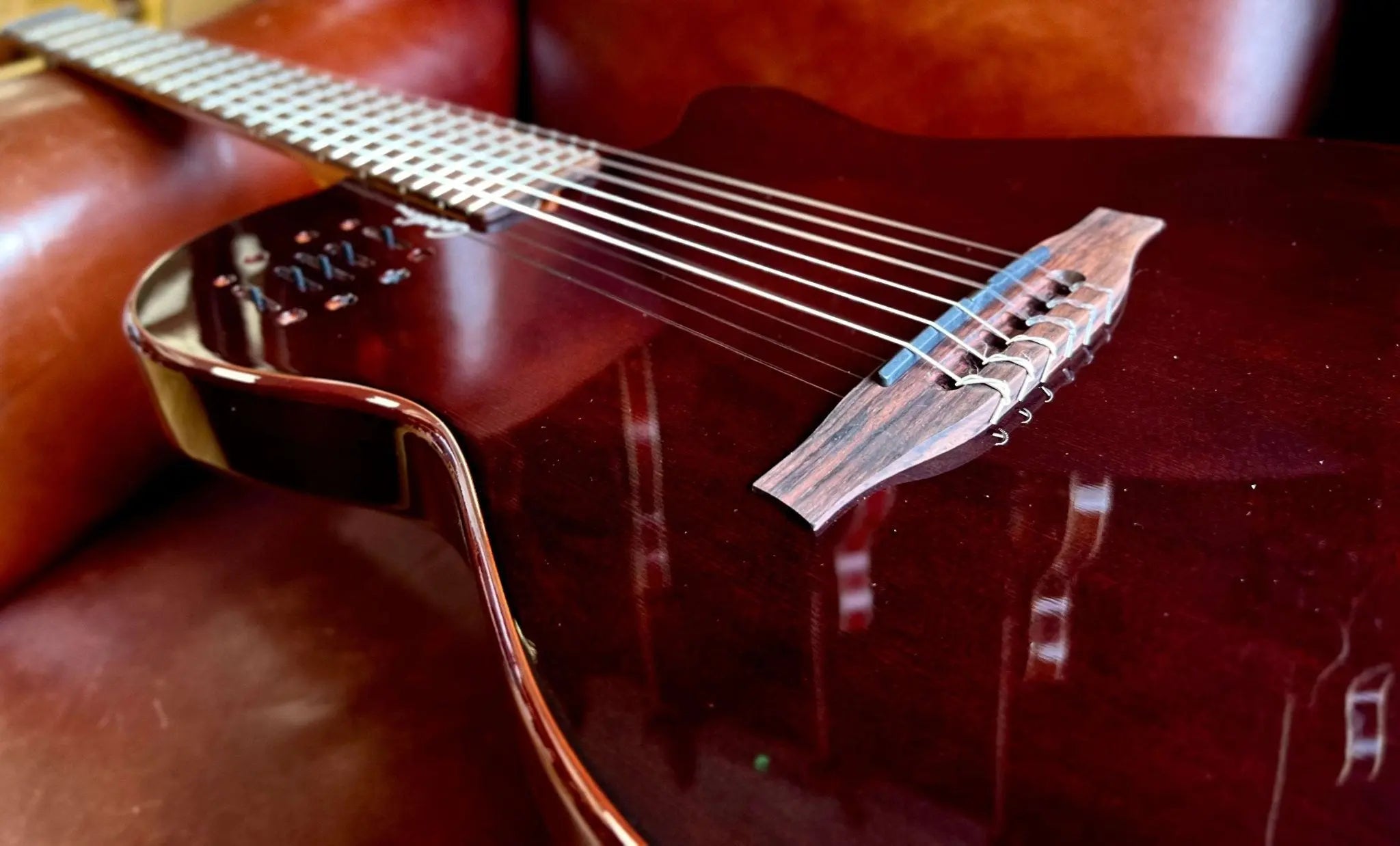
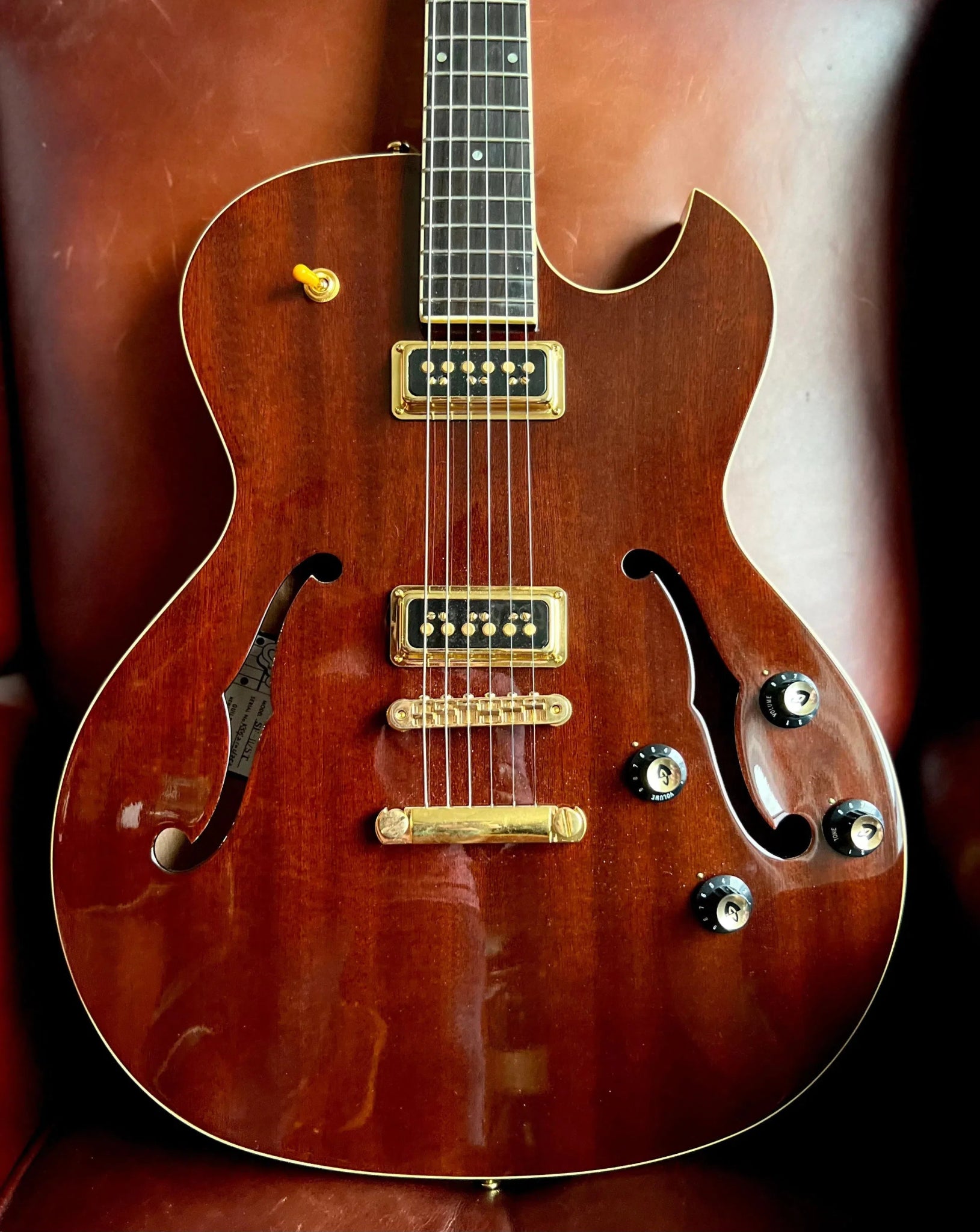
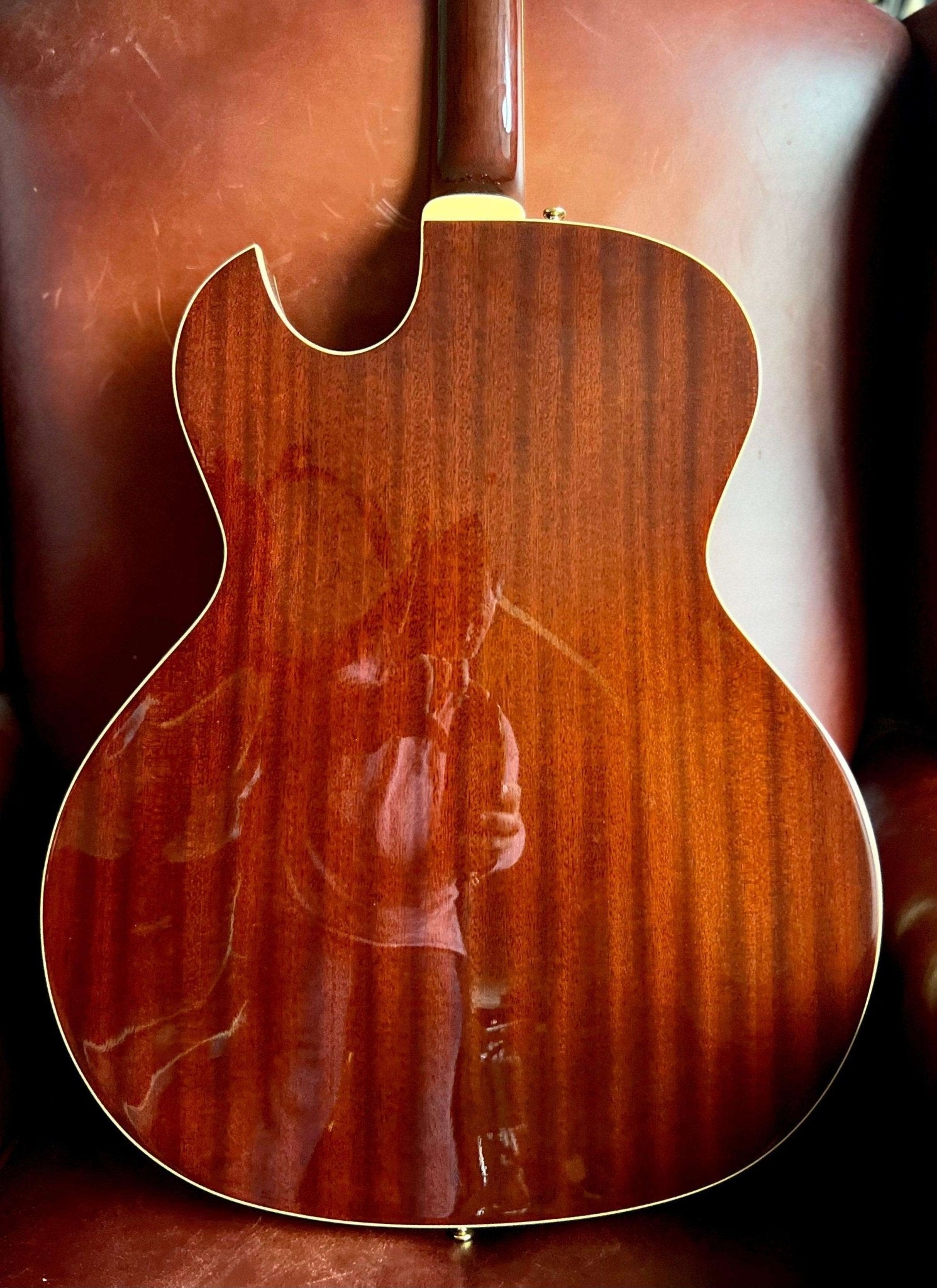
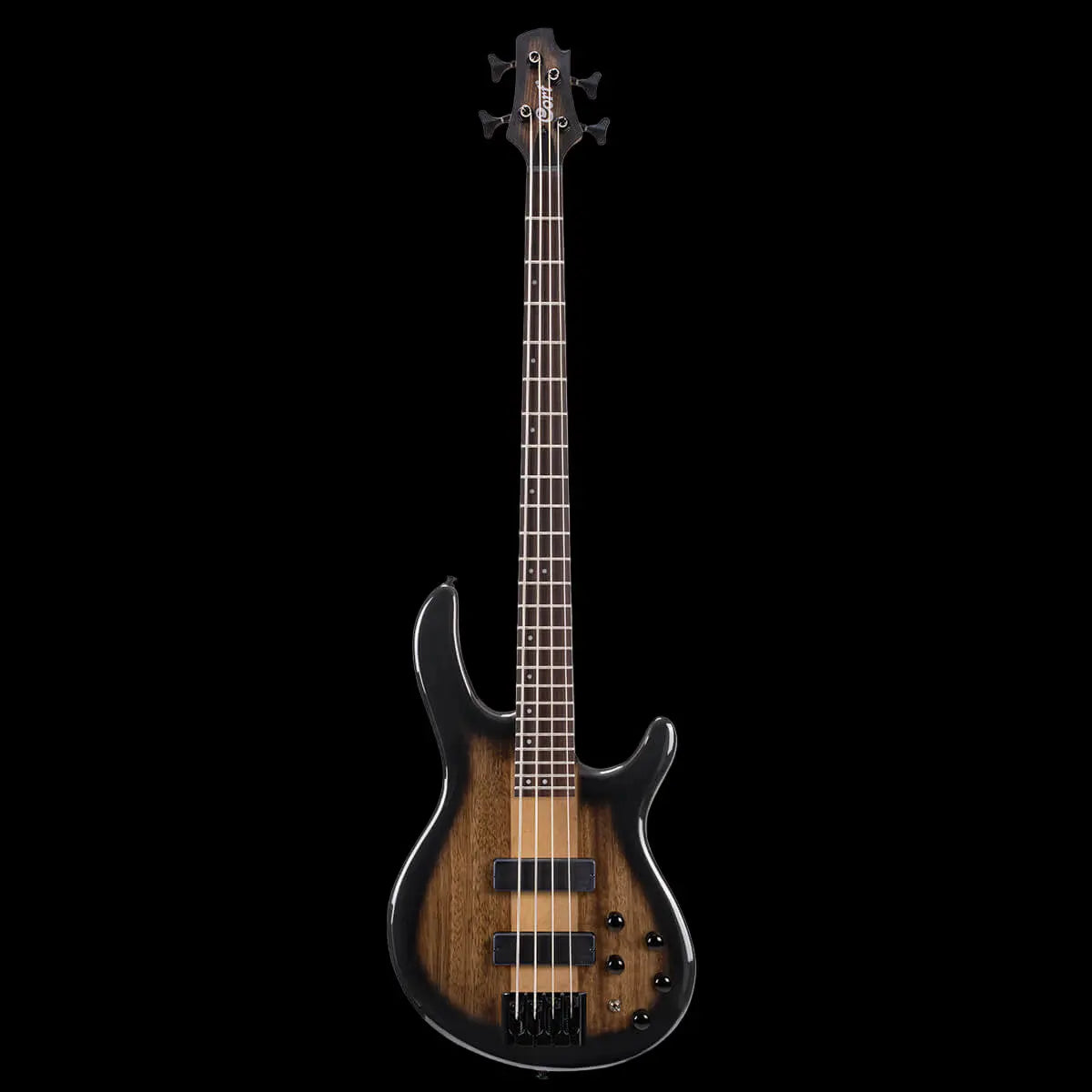


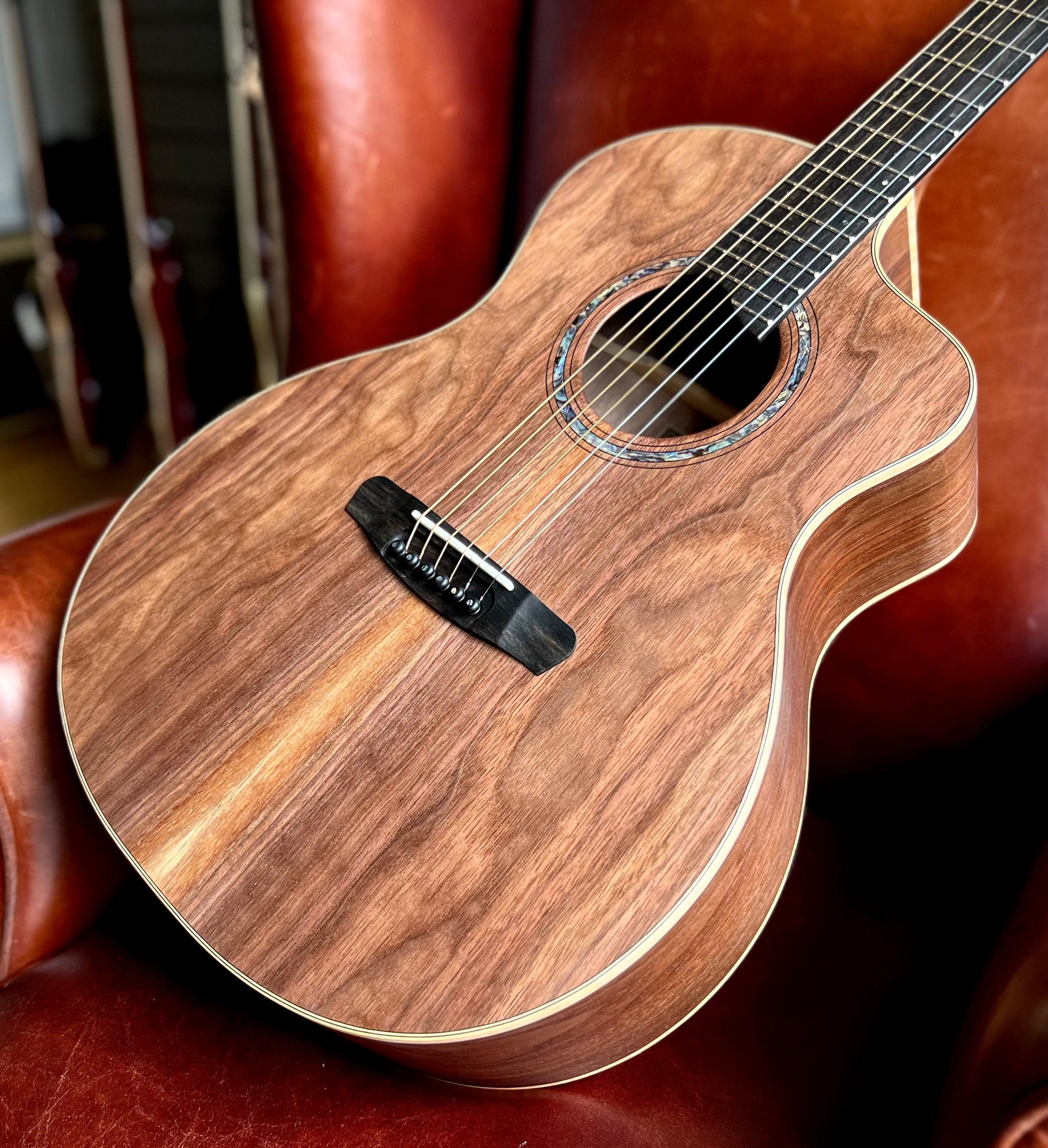
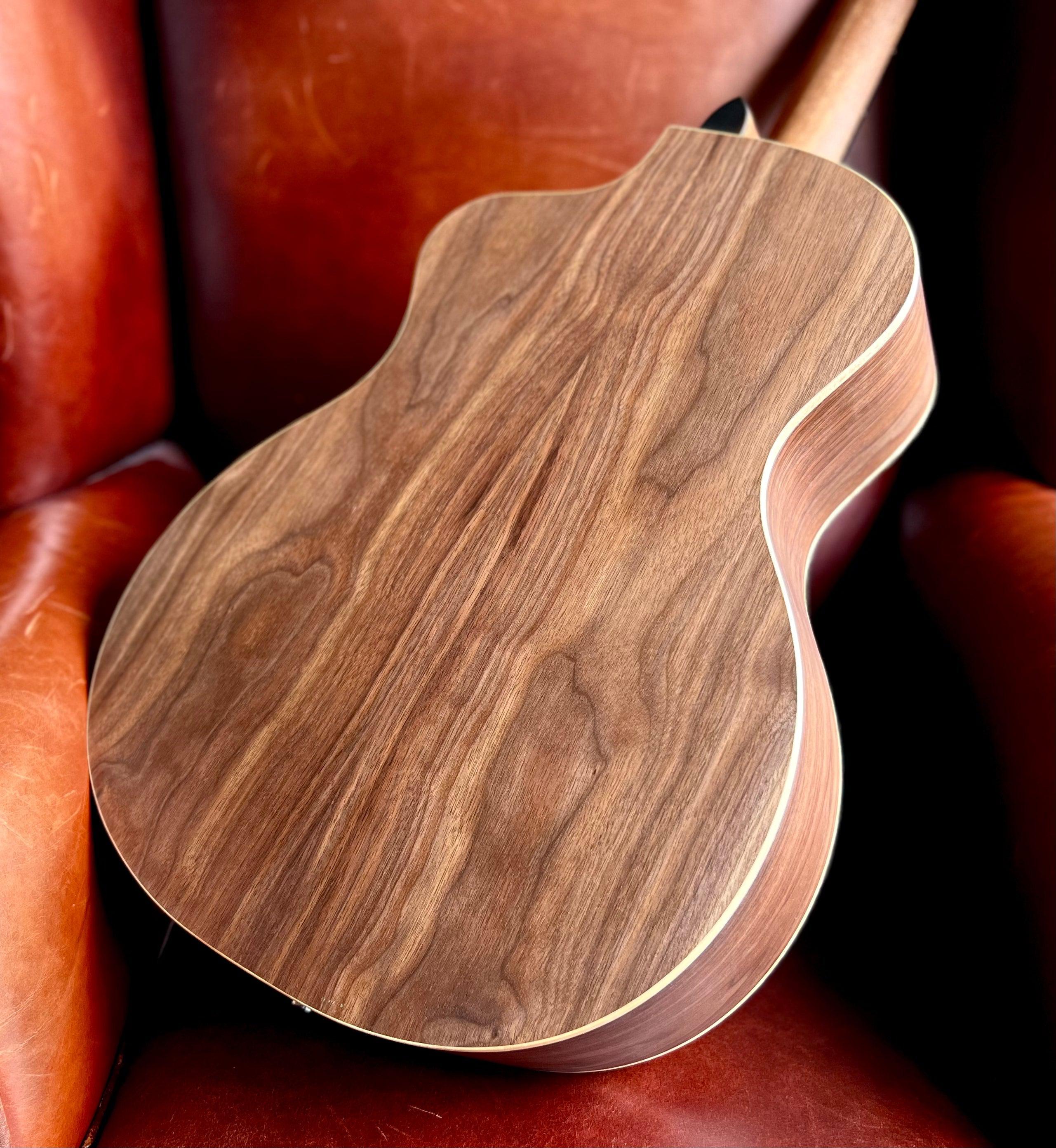
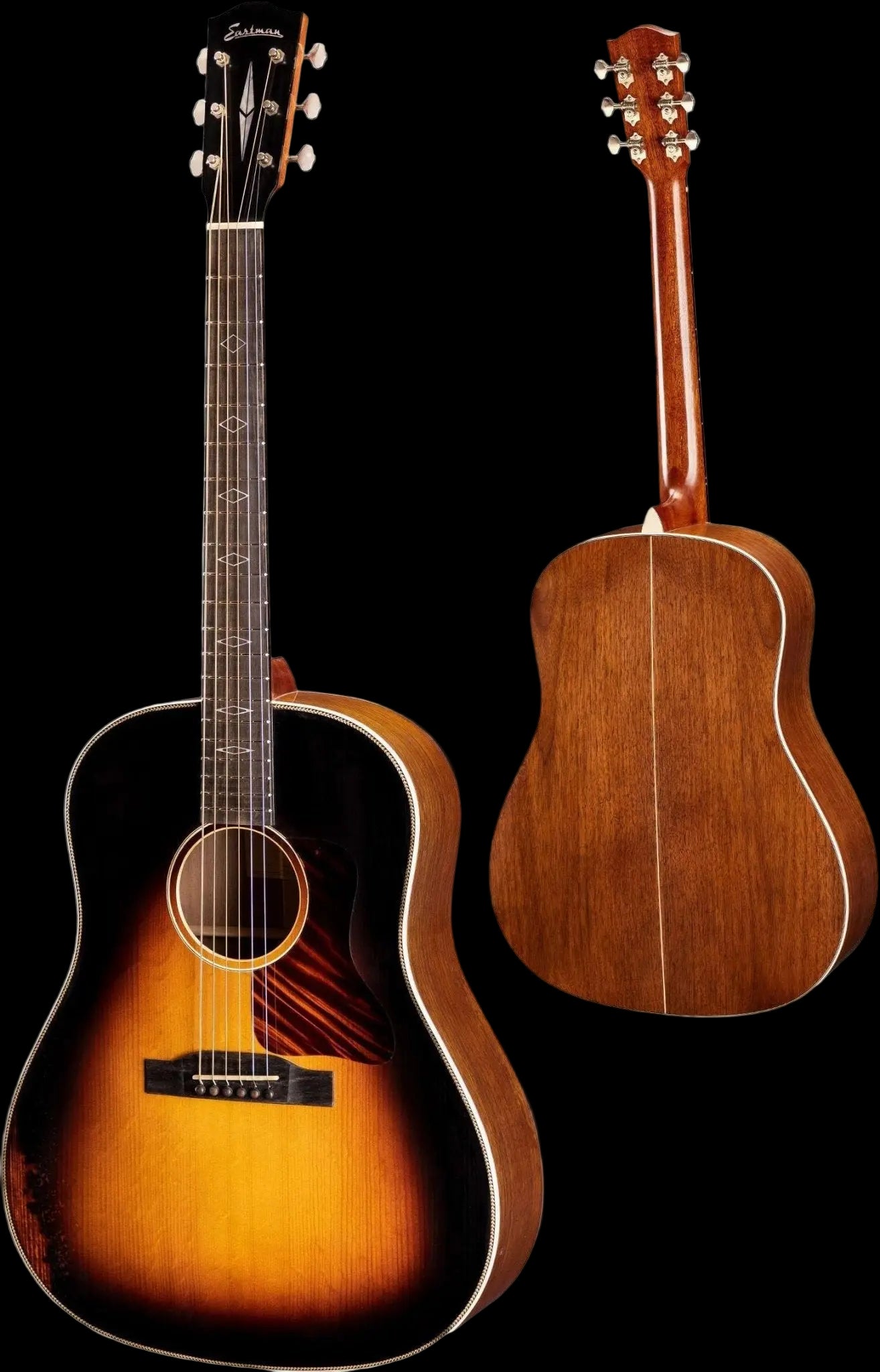
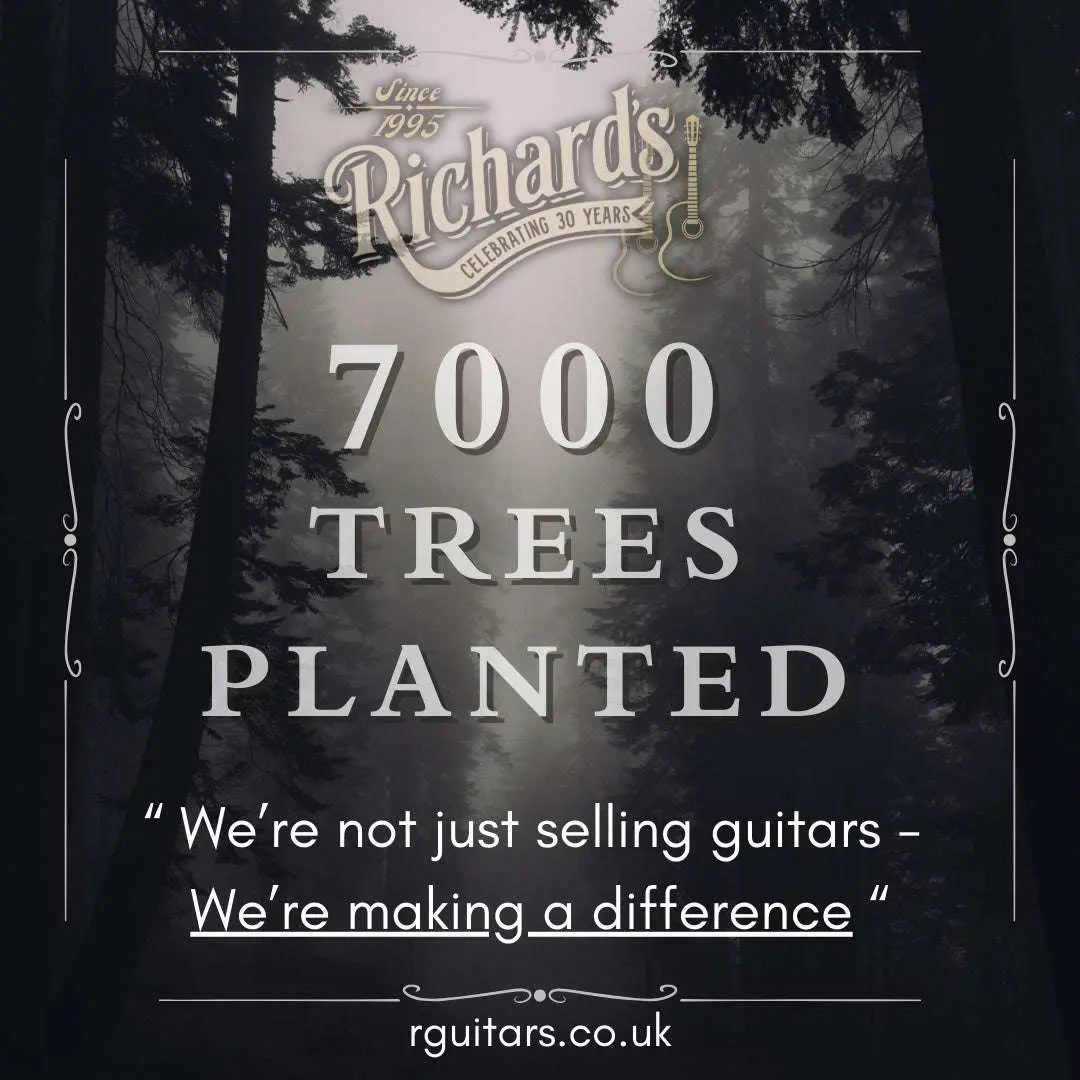
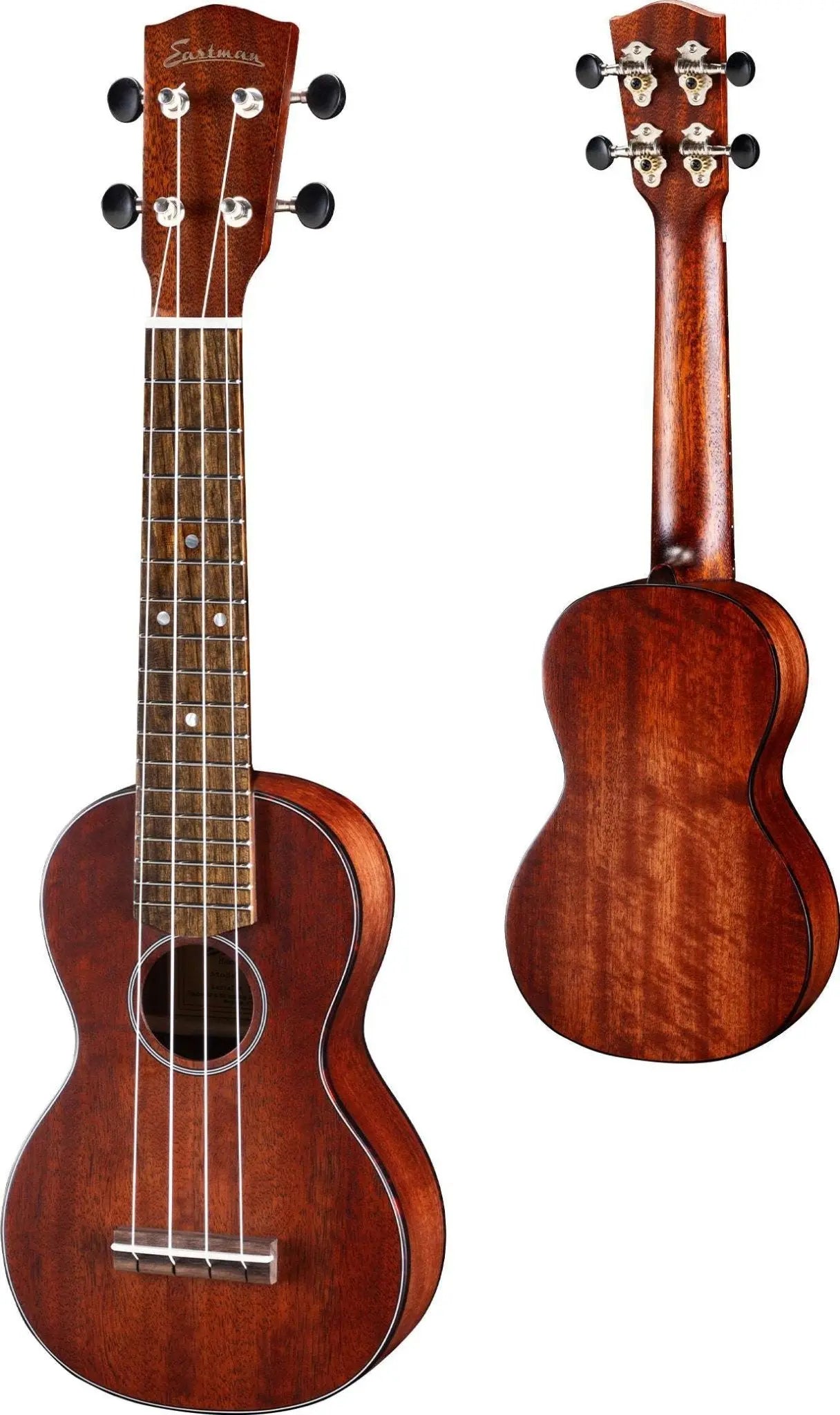
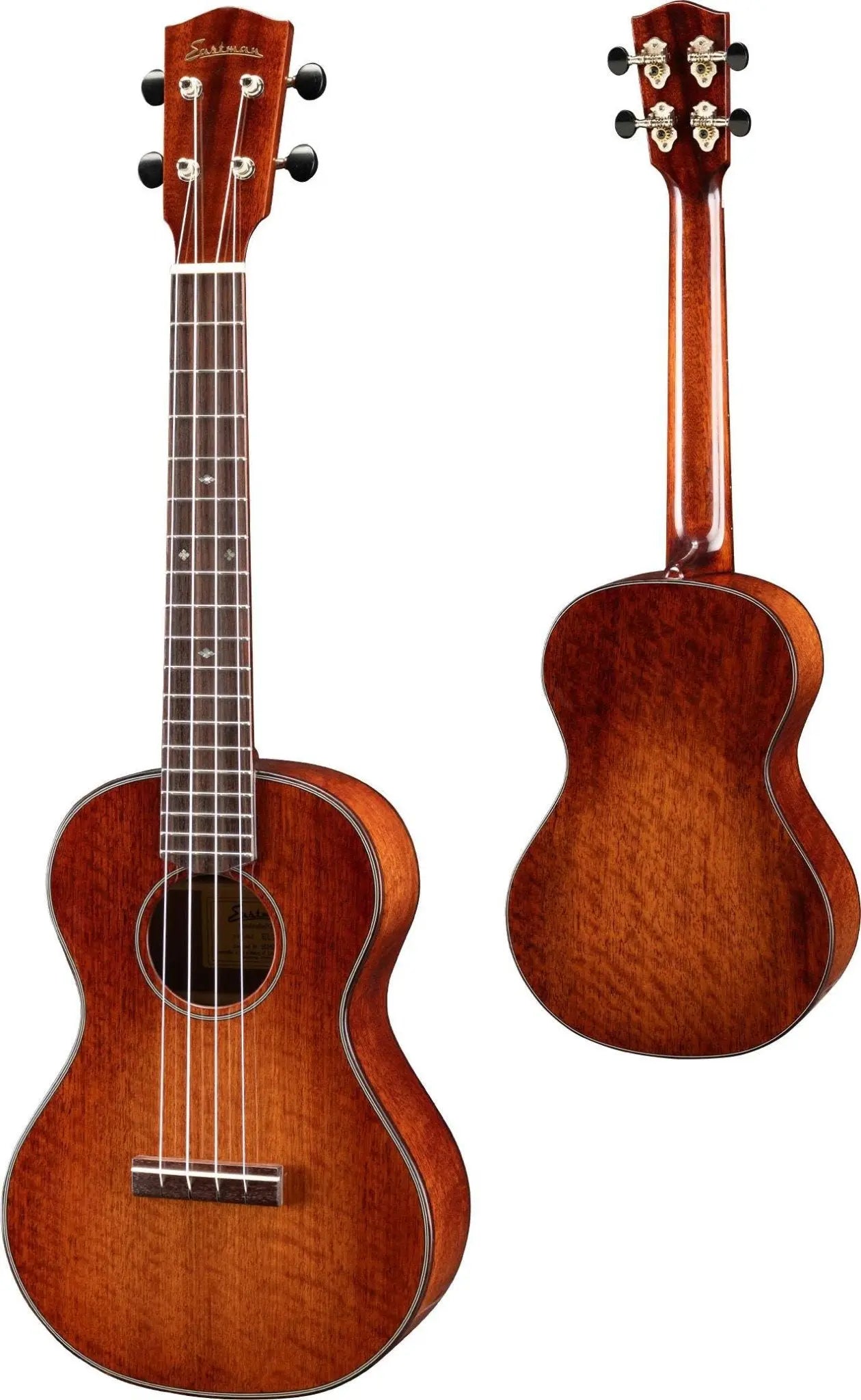
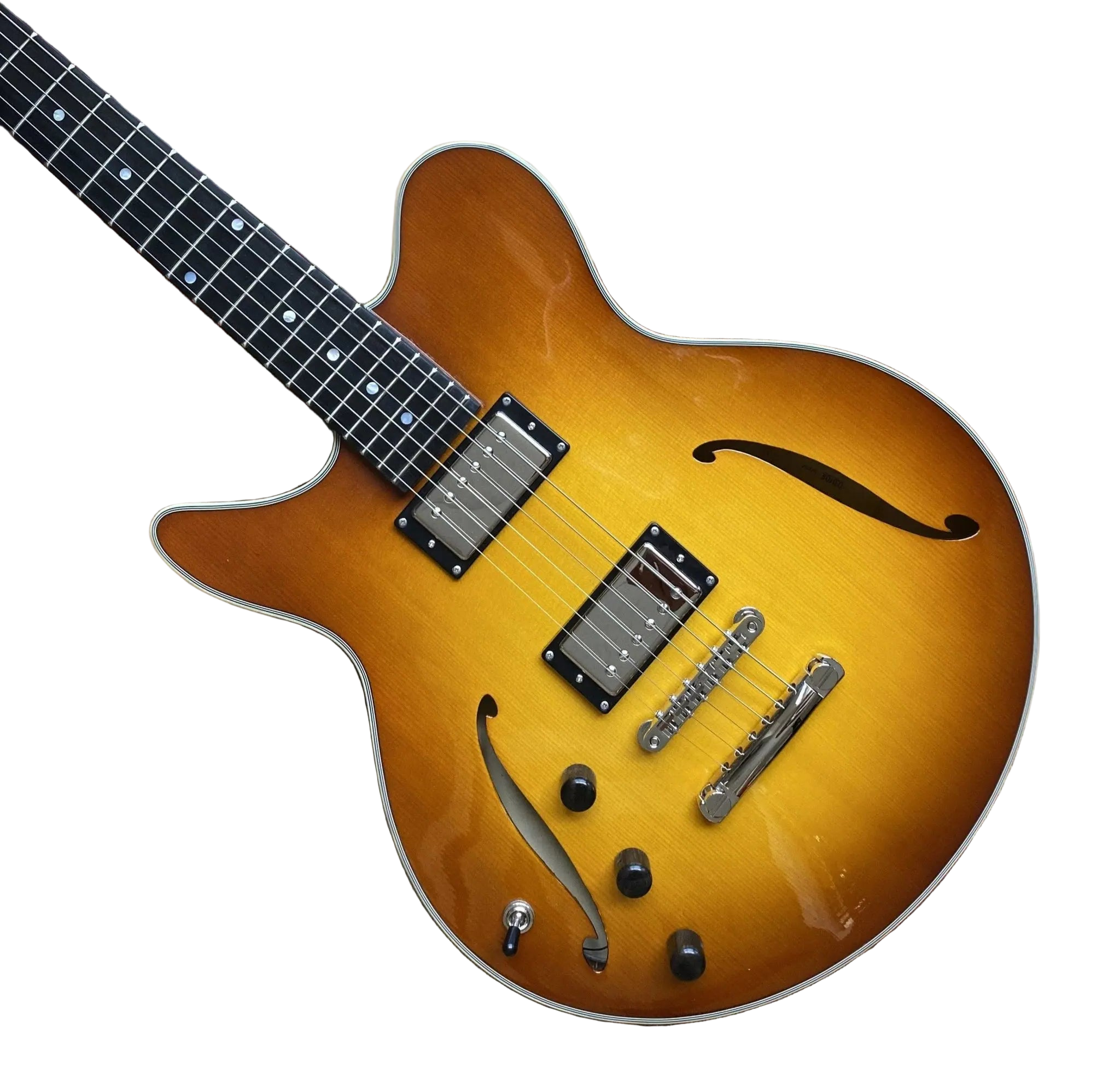
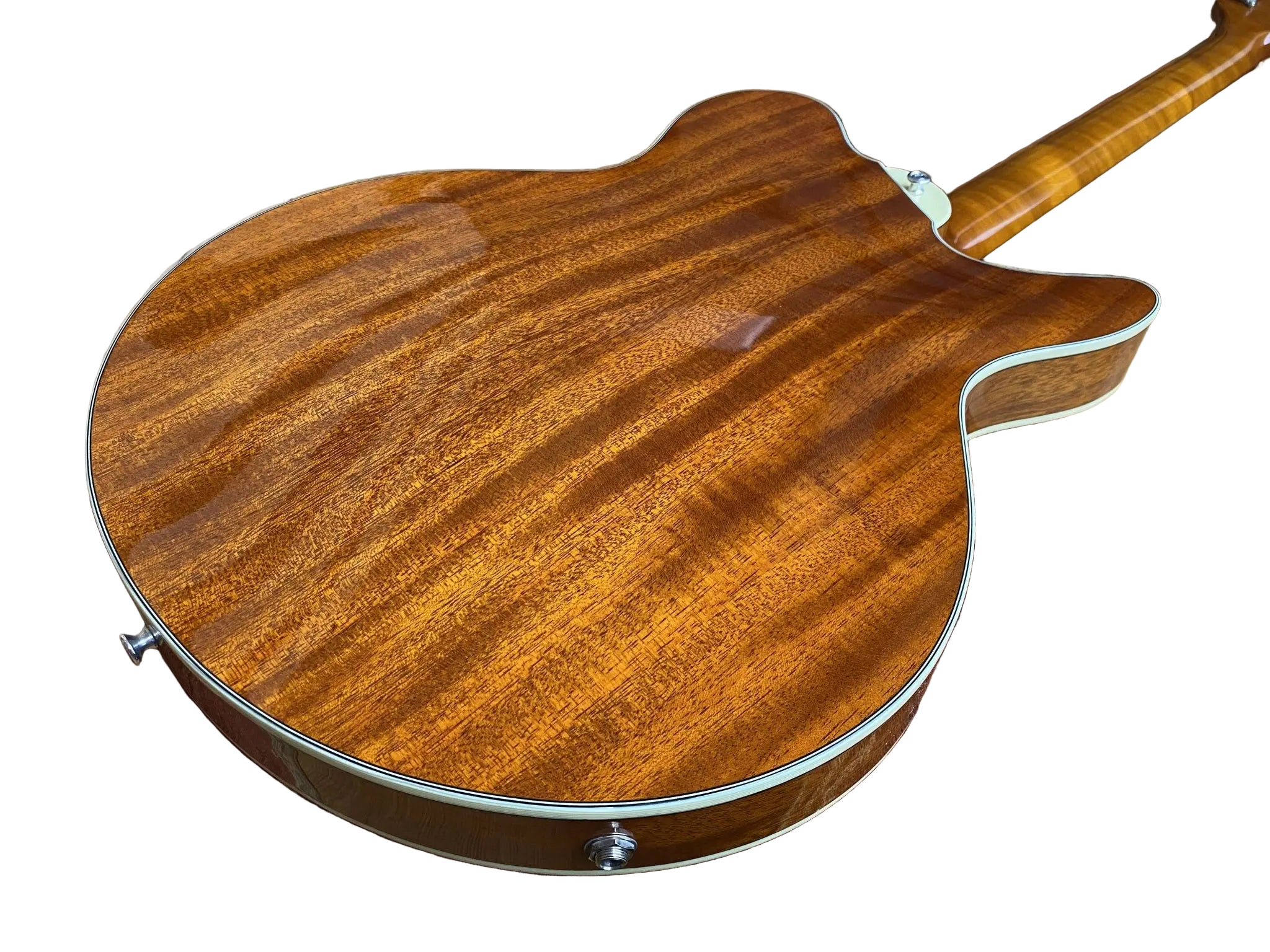
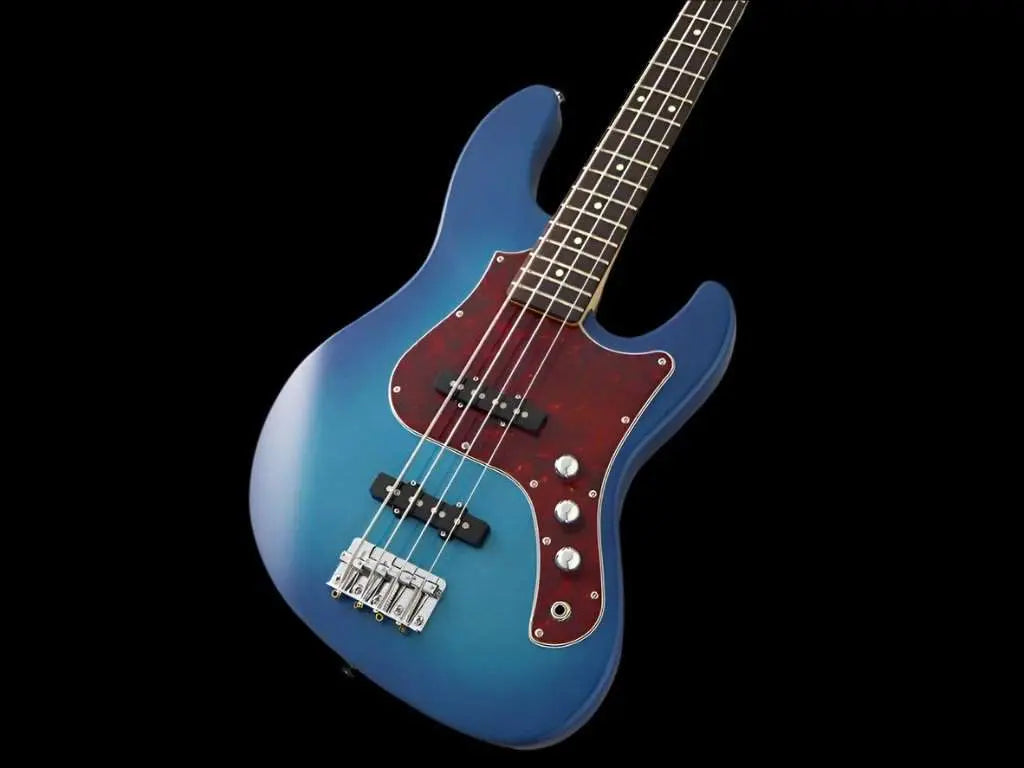




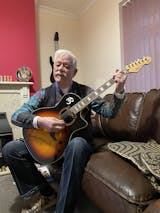
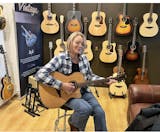
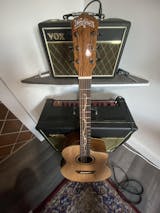

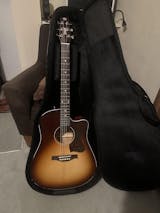

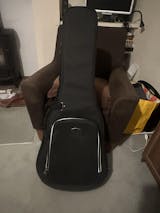



Leave a comment
This site is protected by hCaptcha and the hCaptcha Privacy Policy and Terms of Service apply.